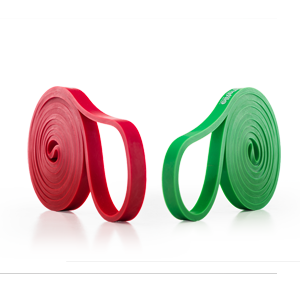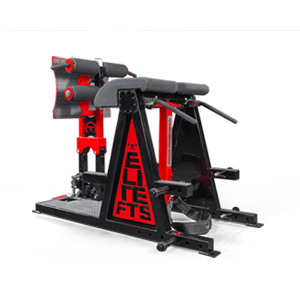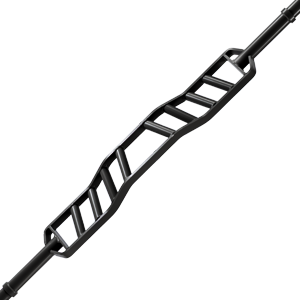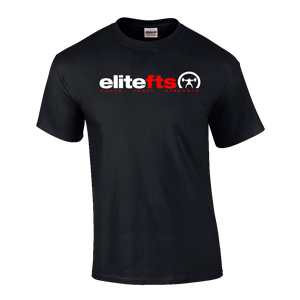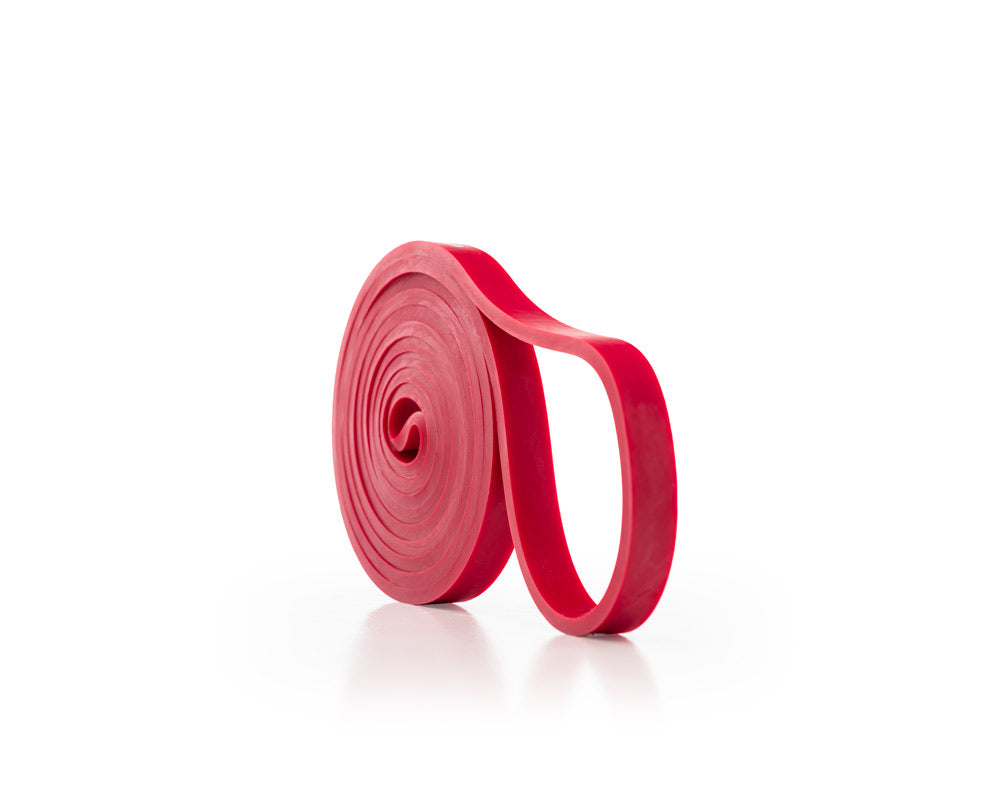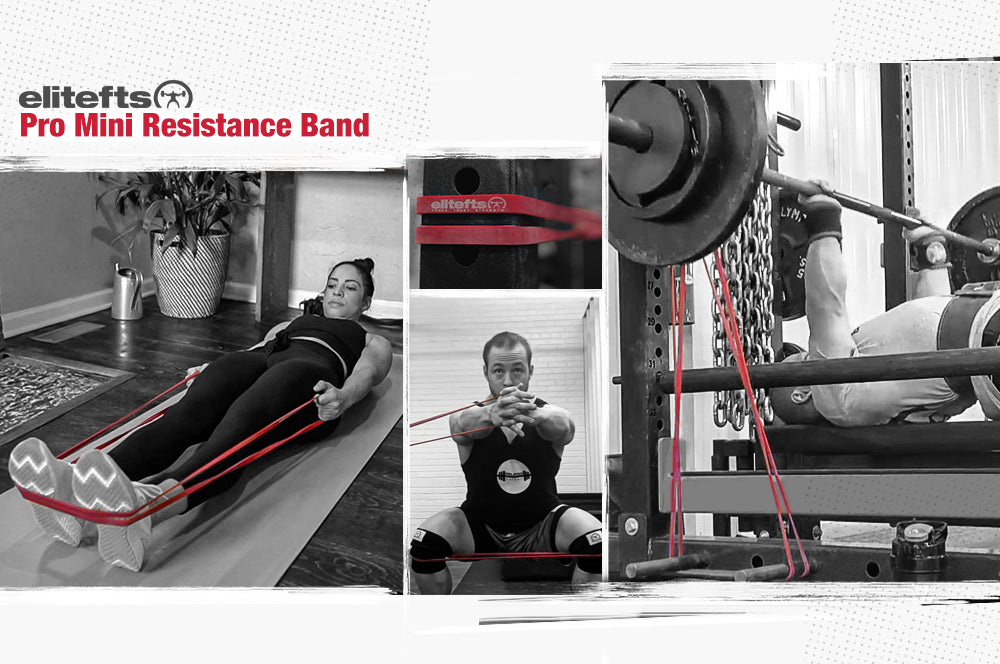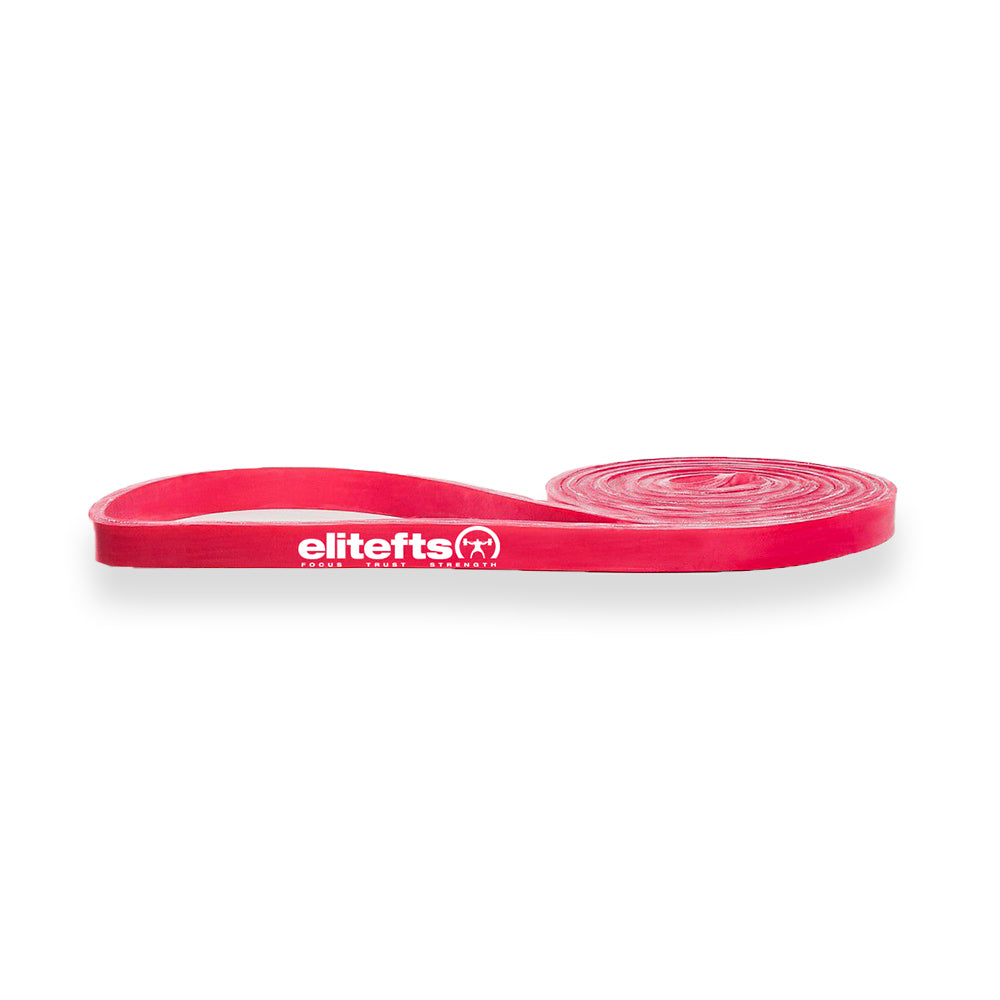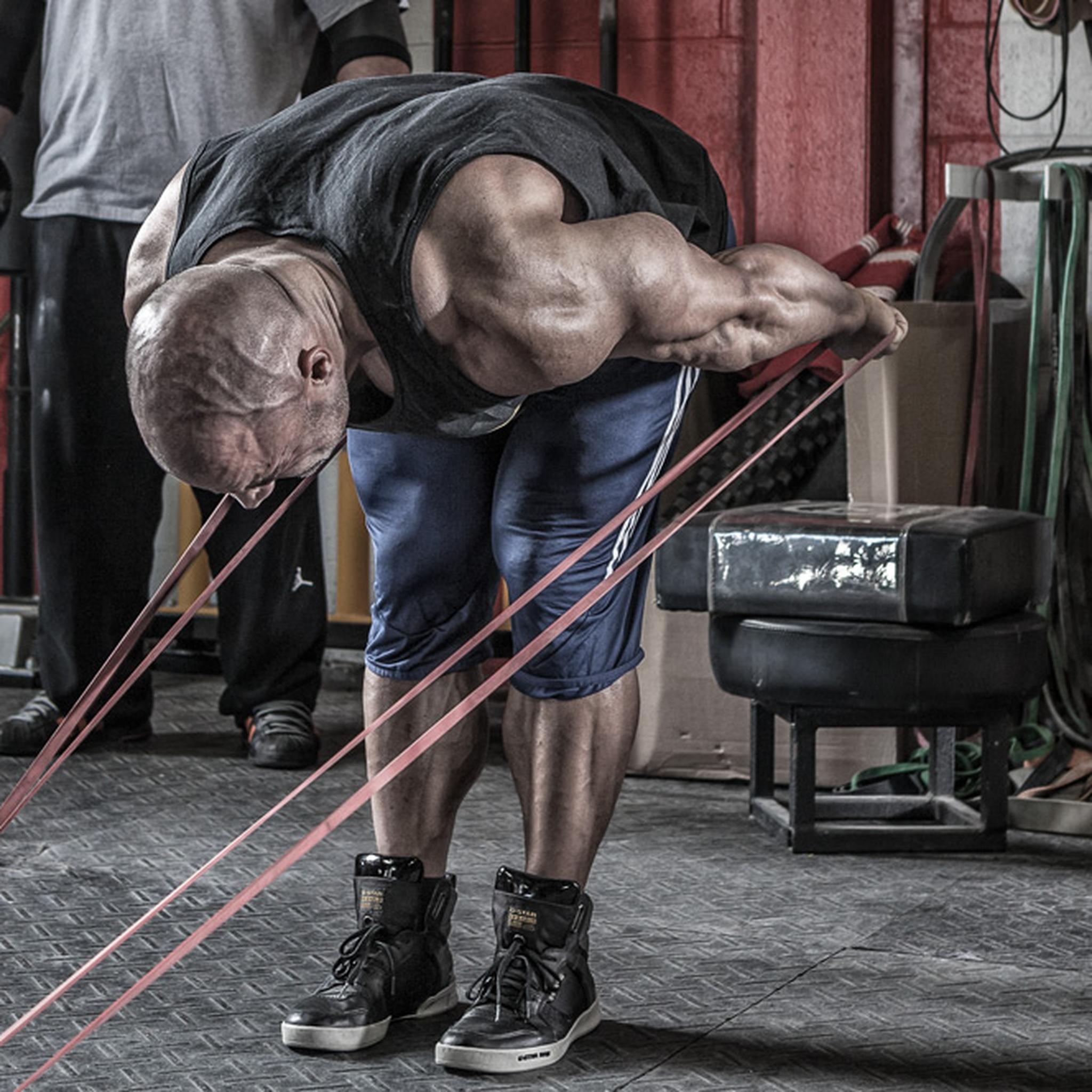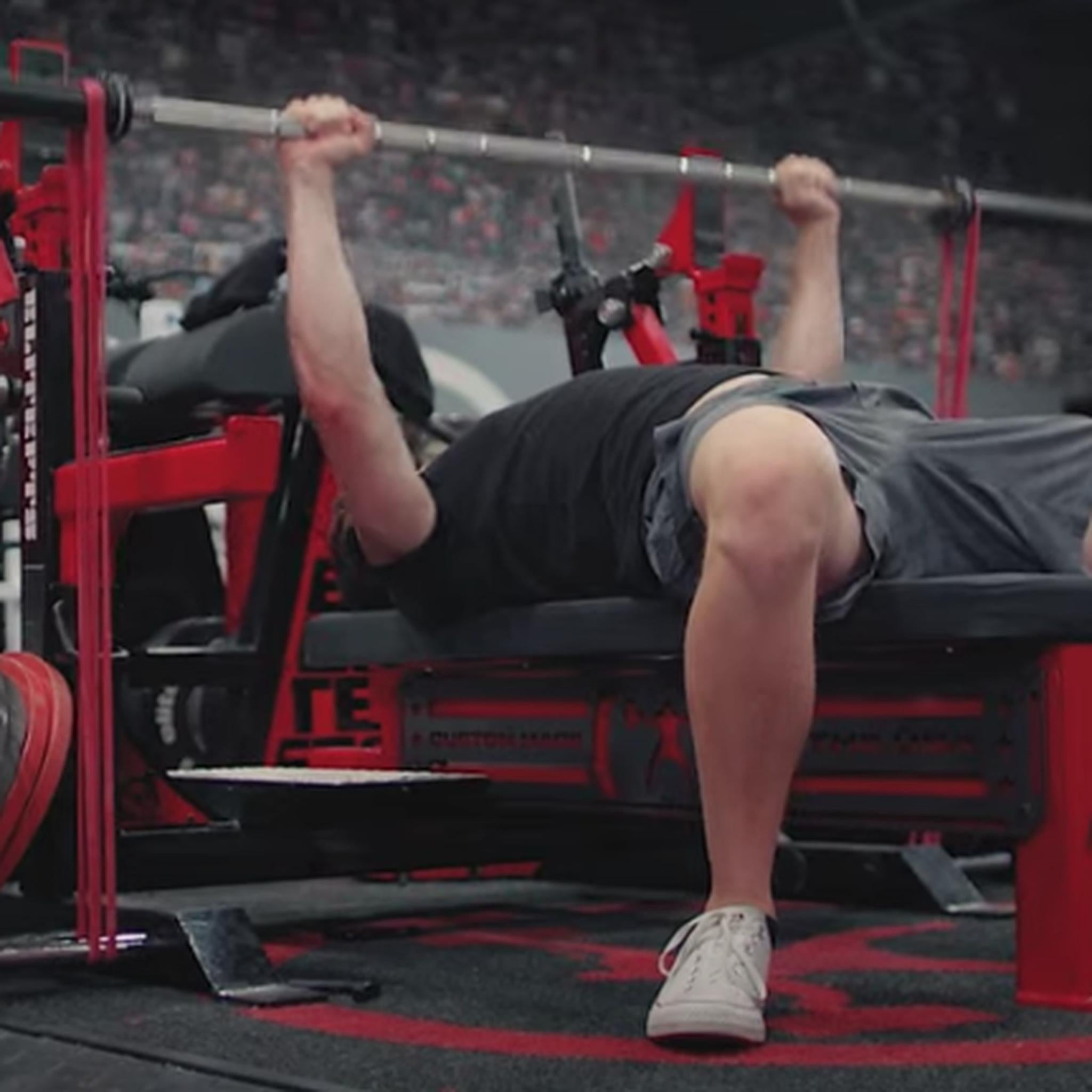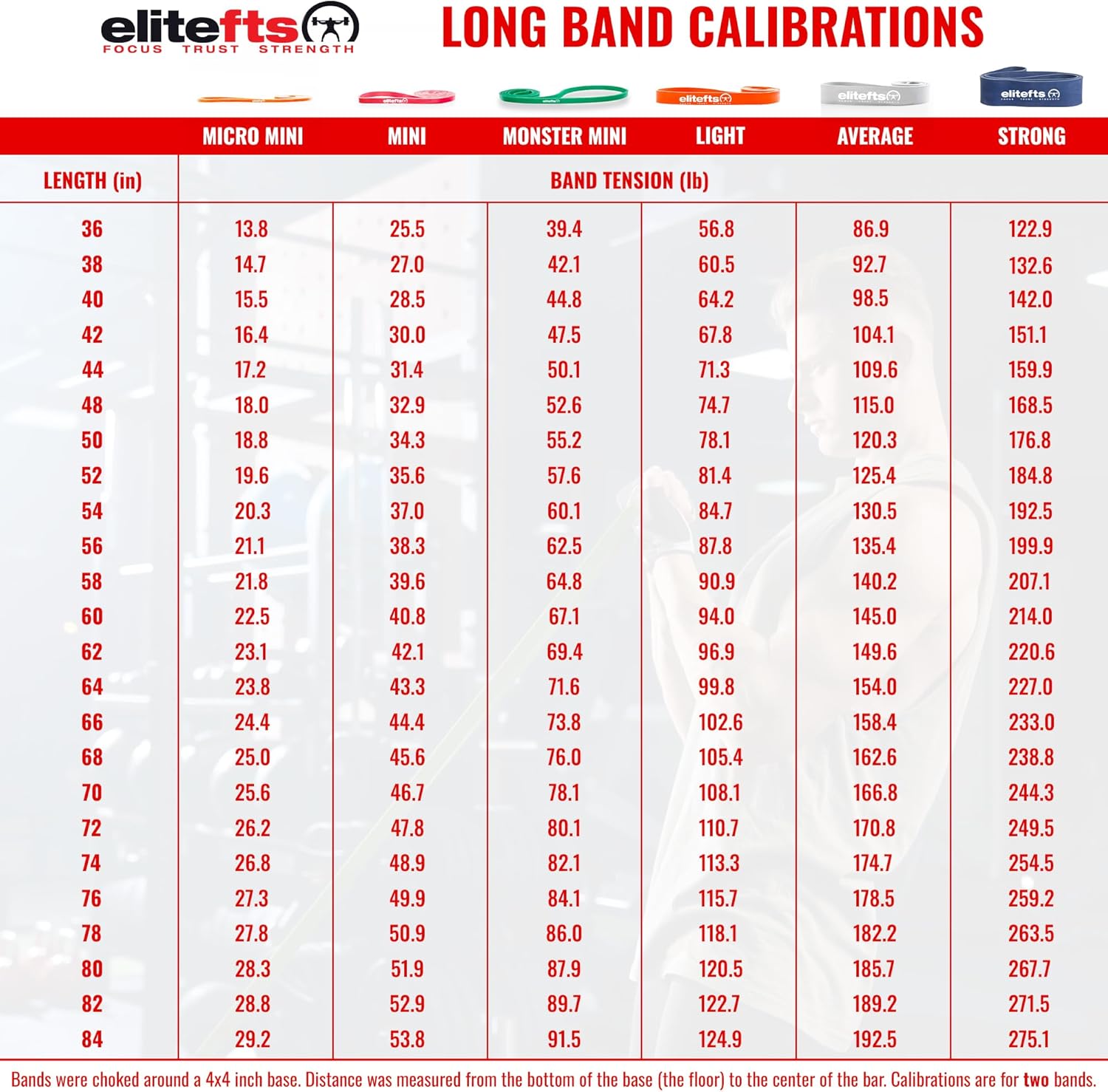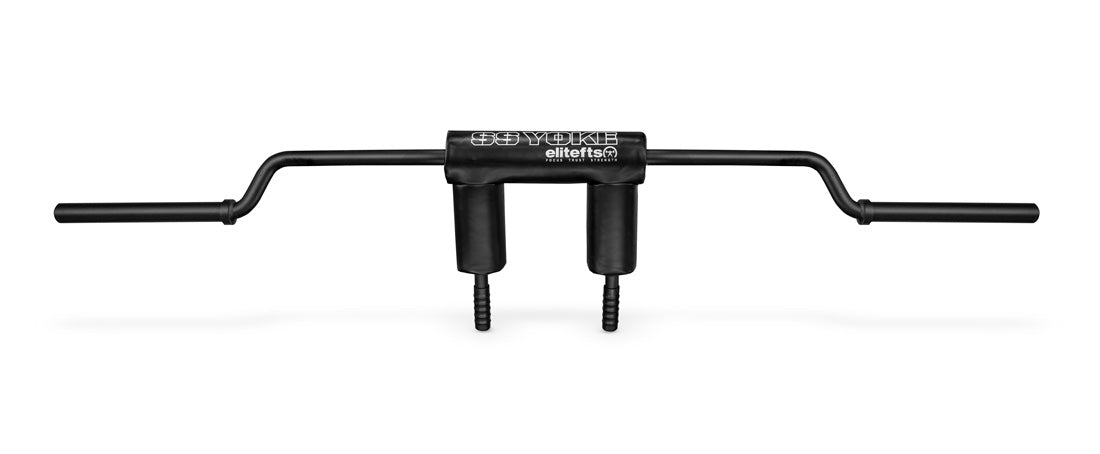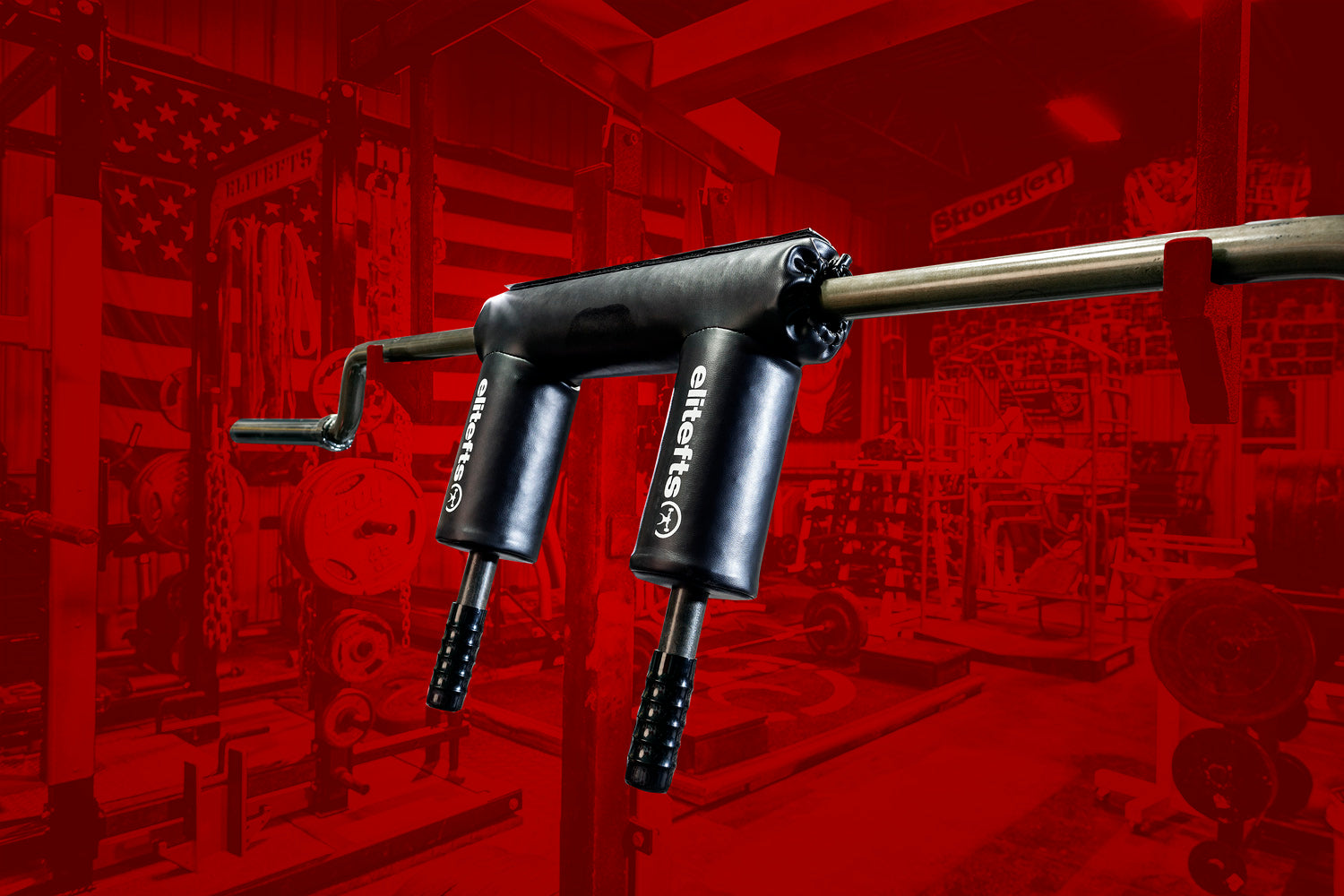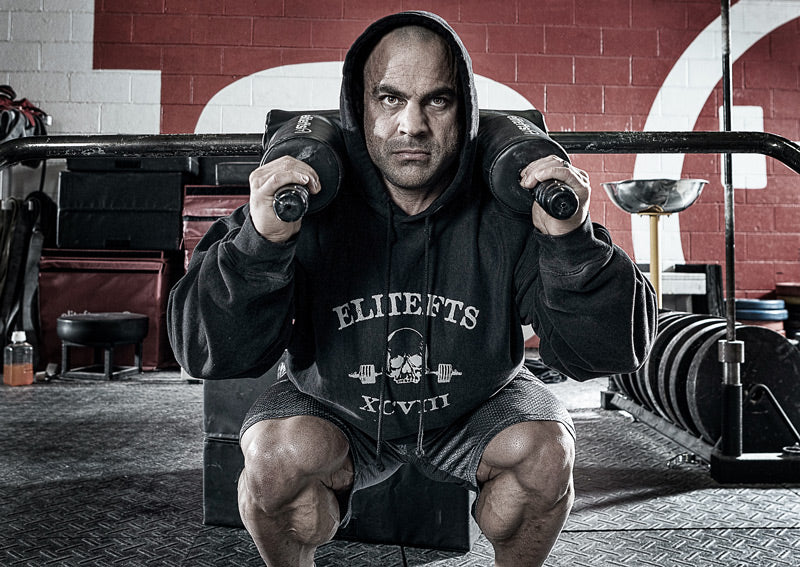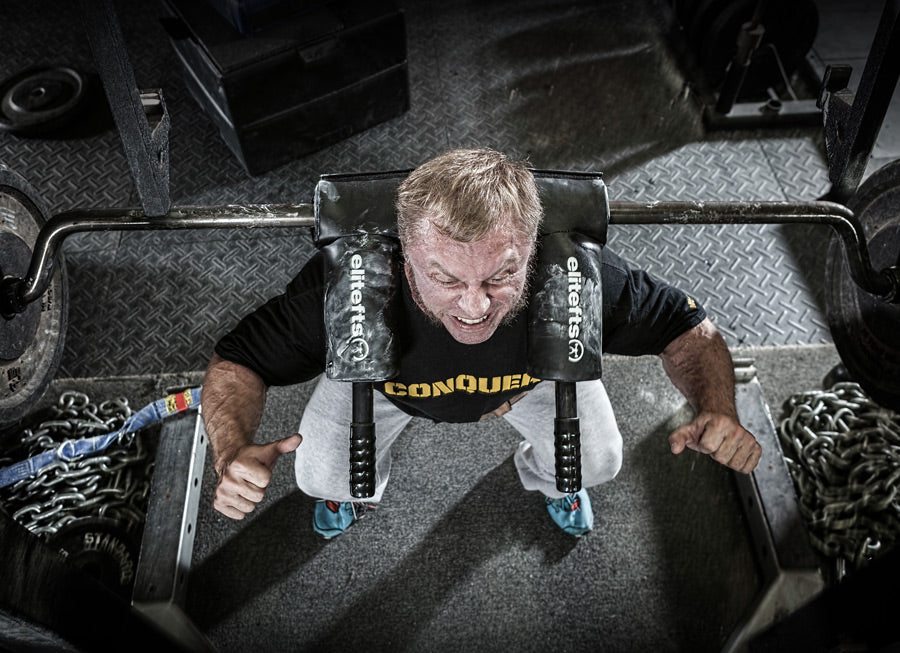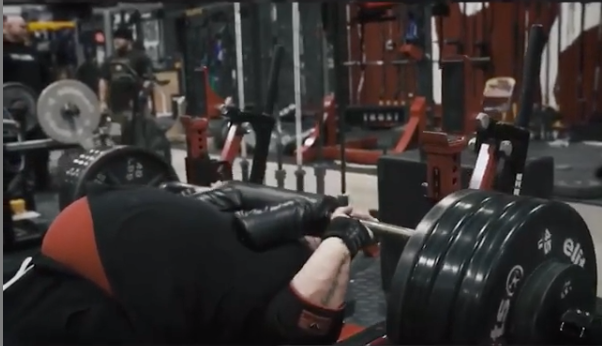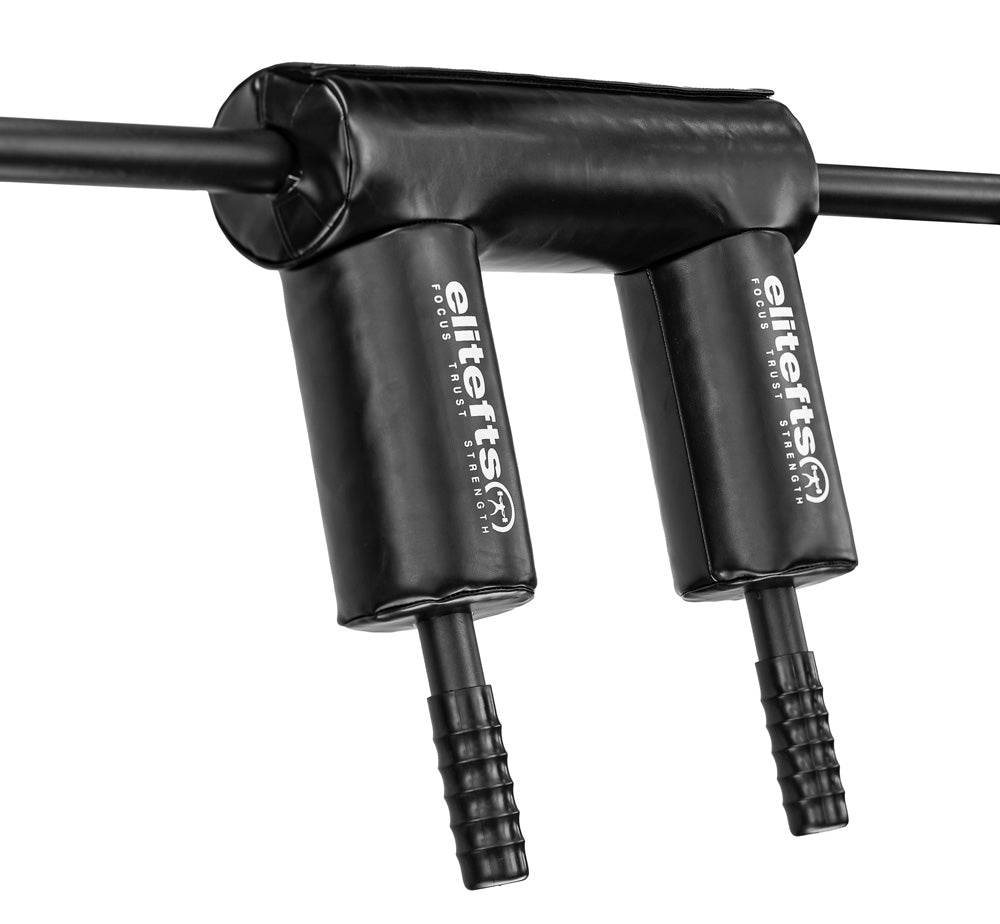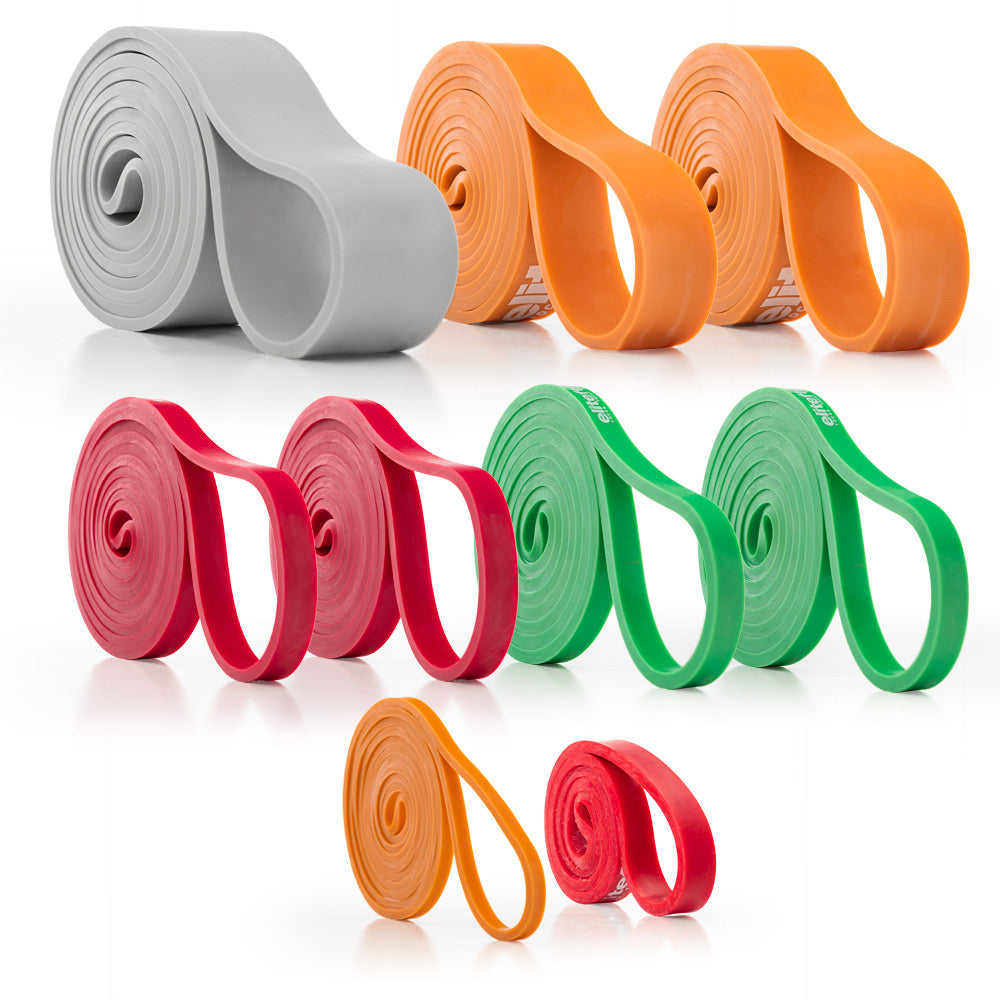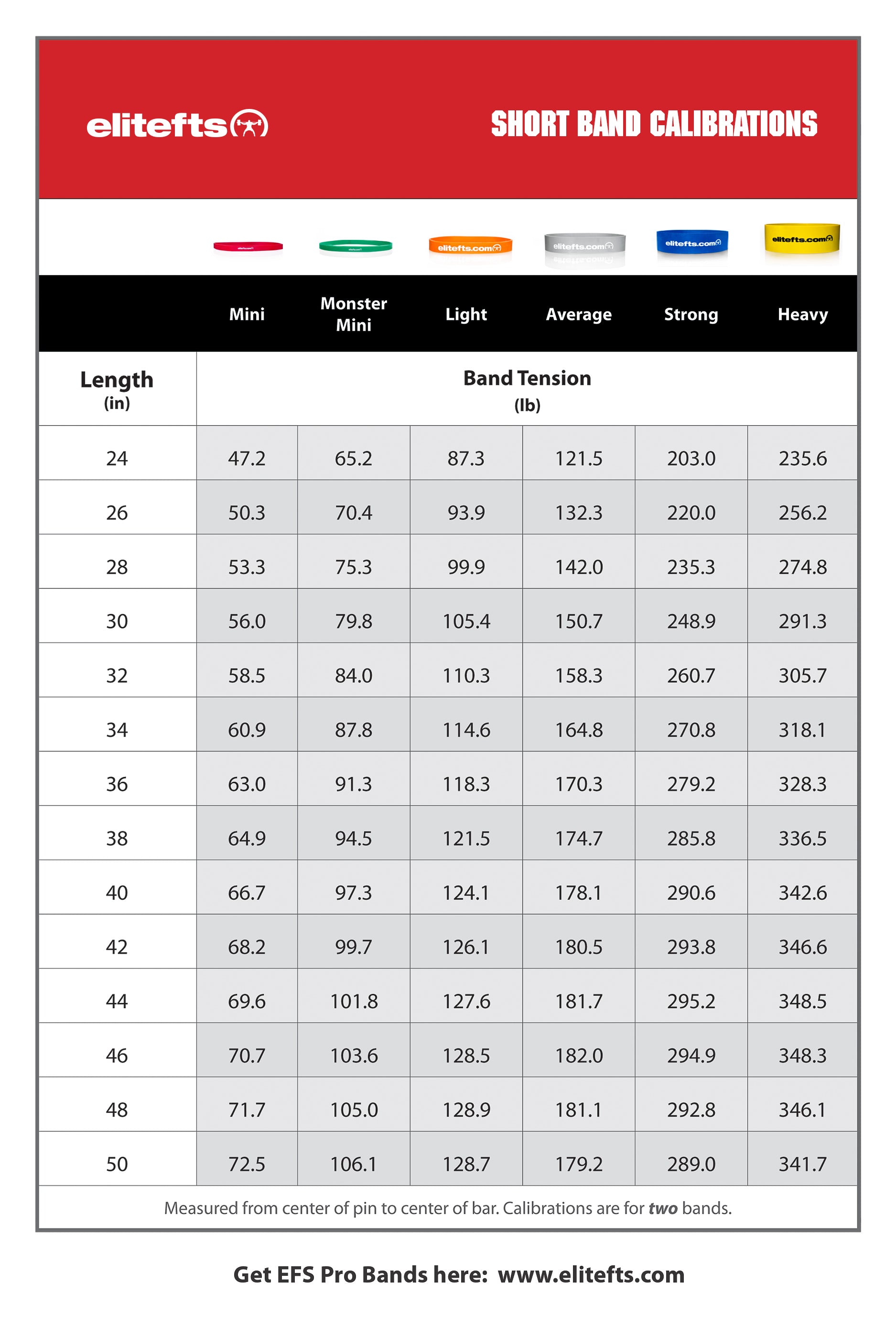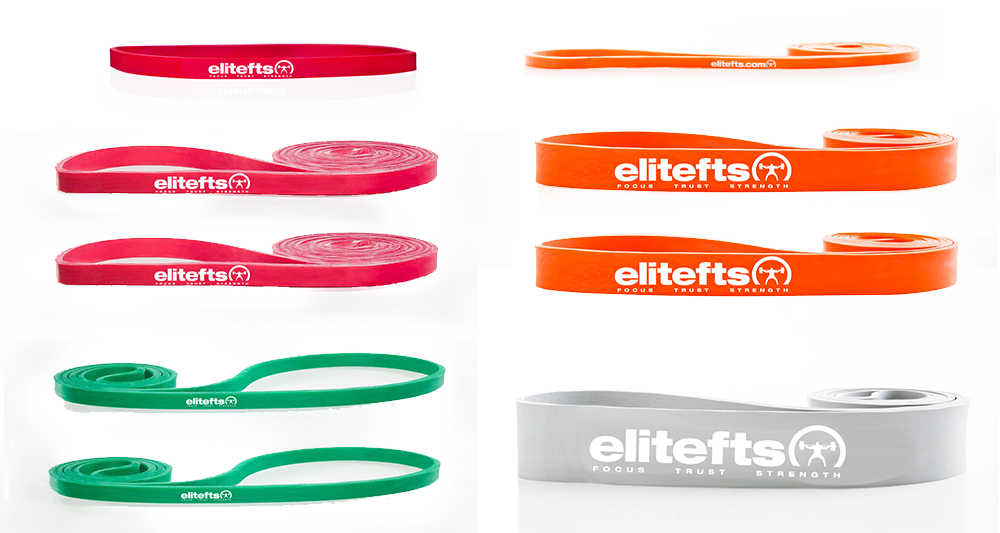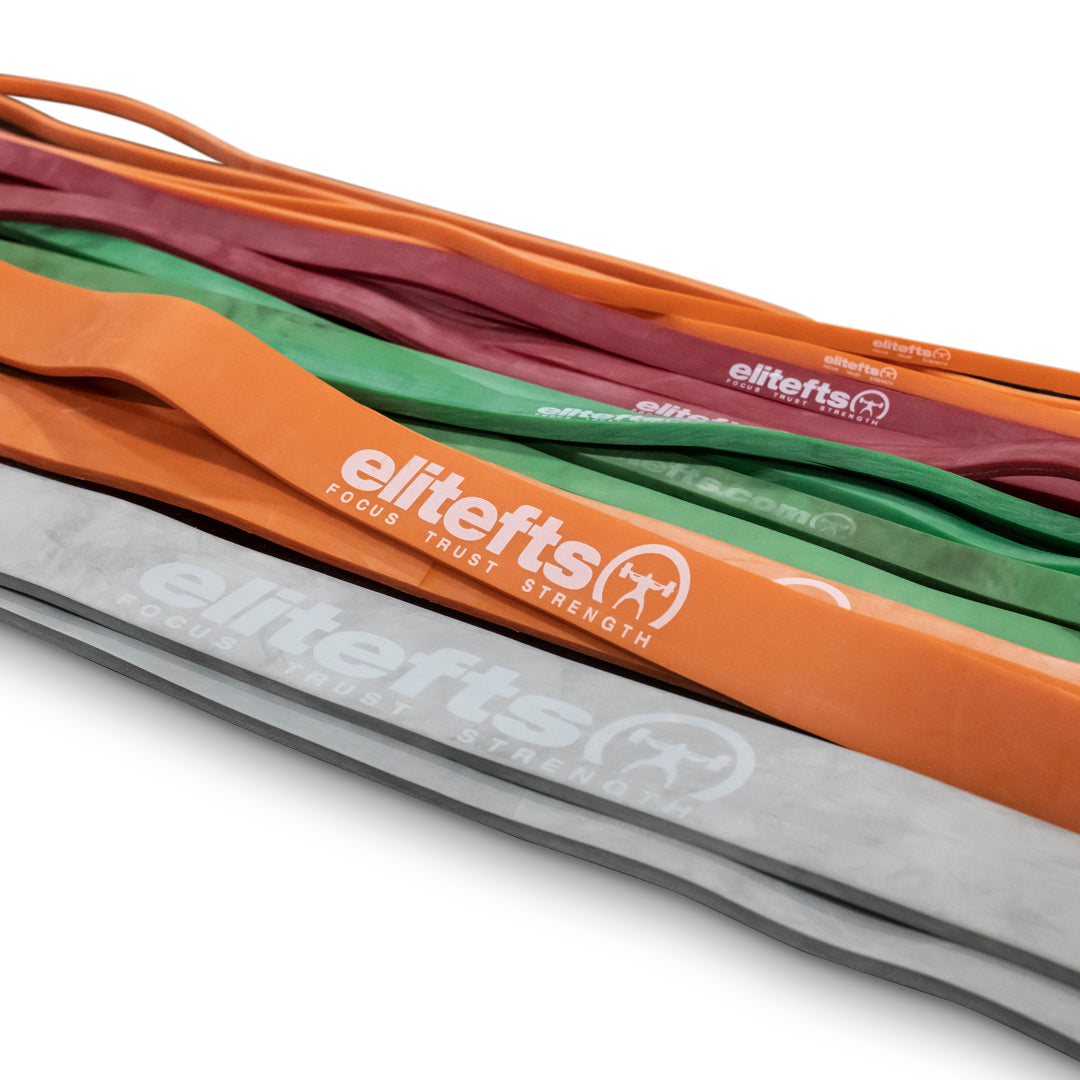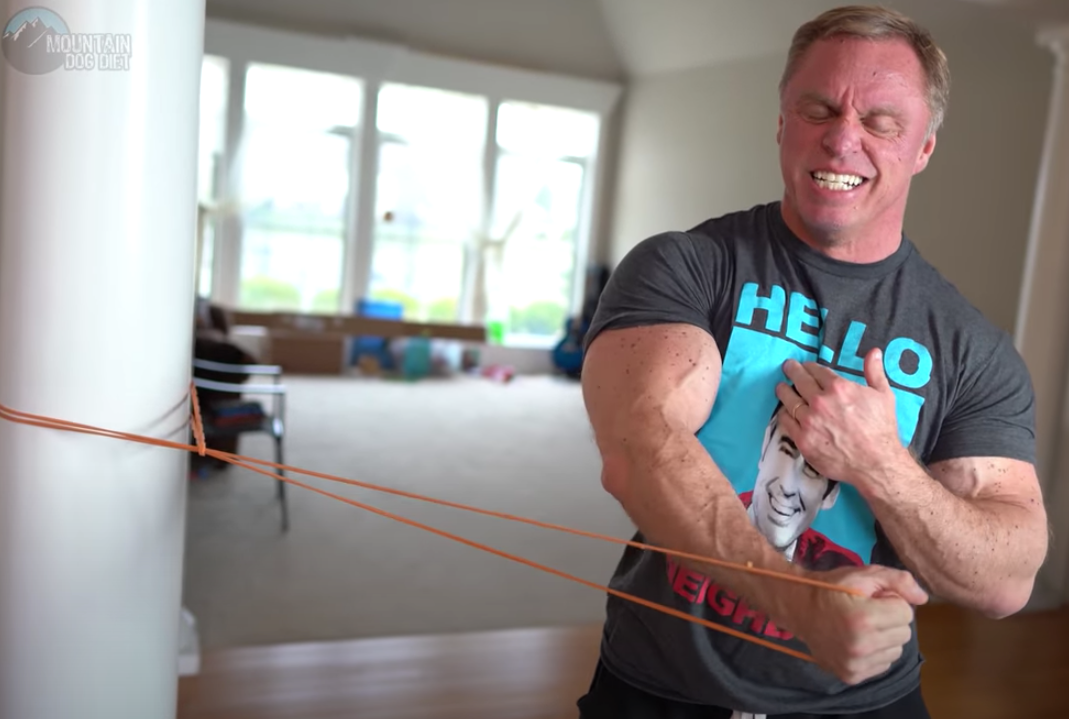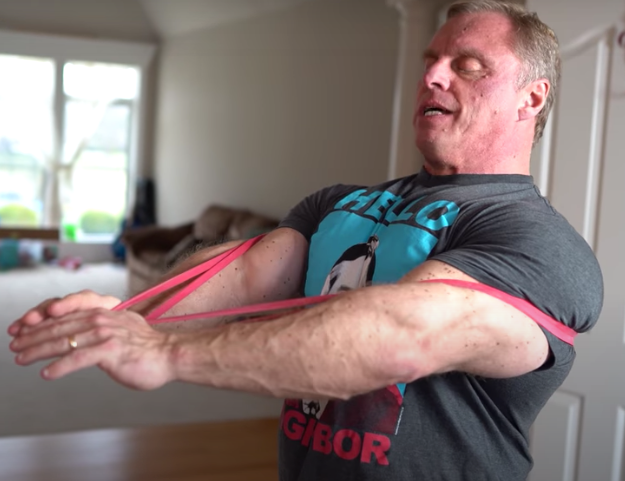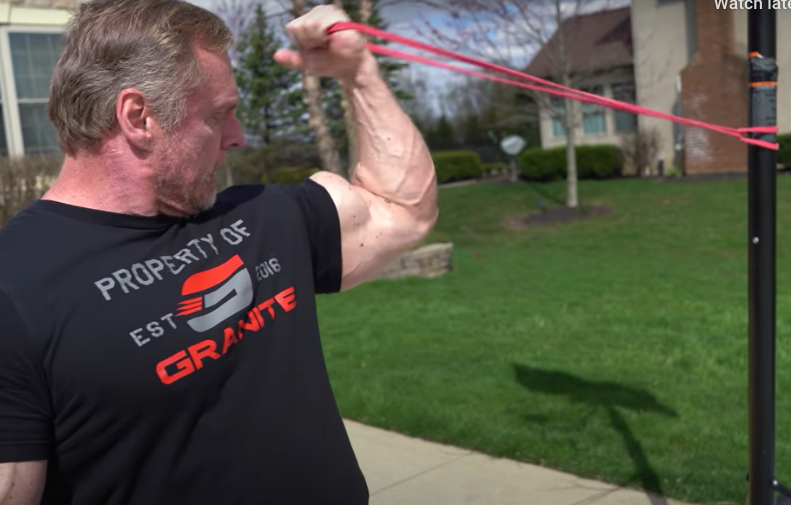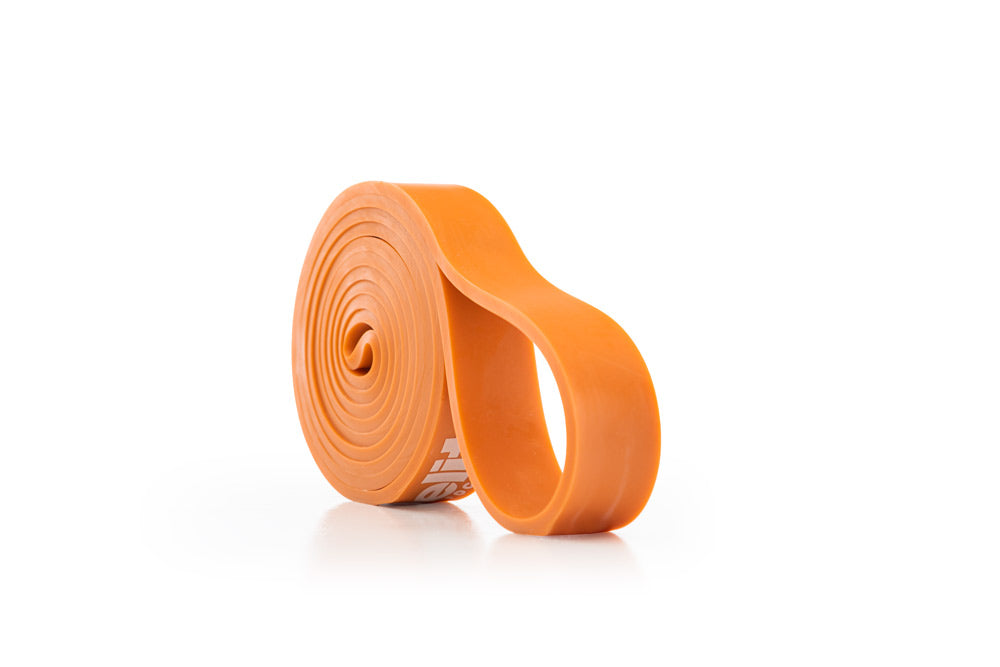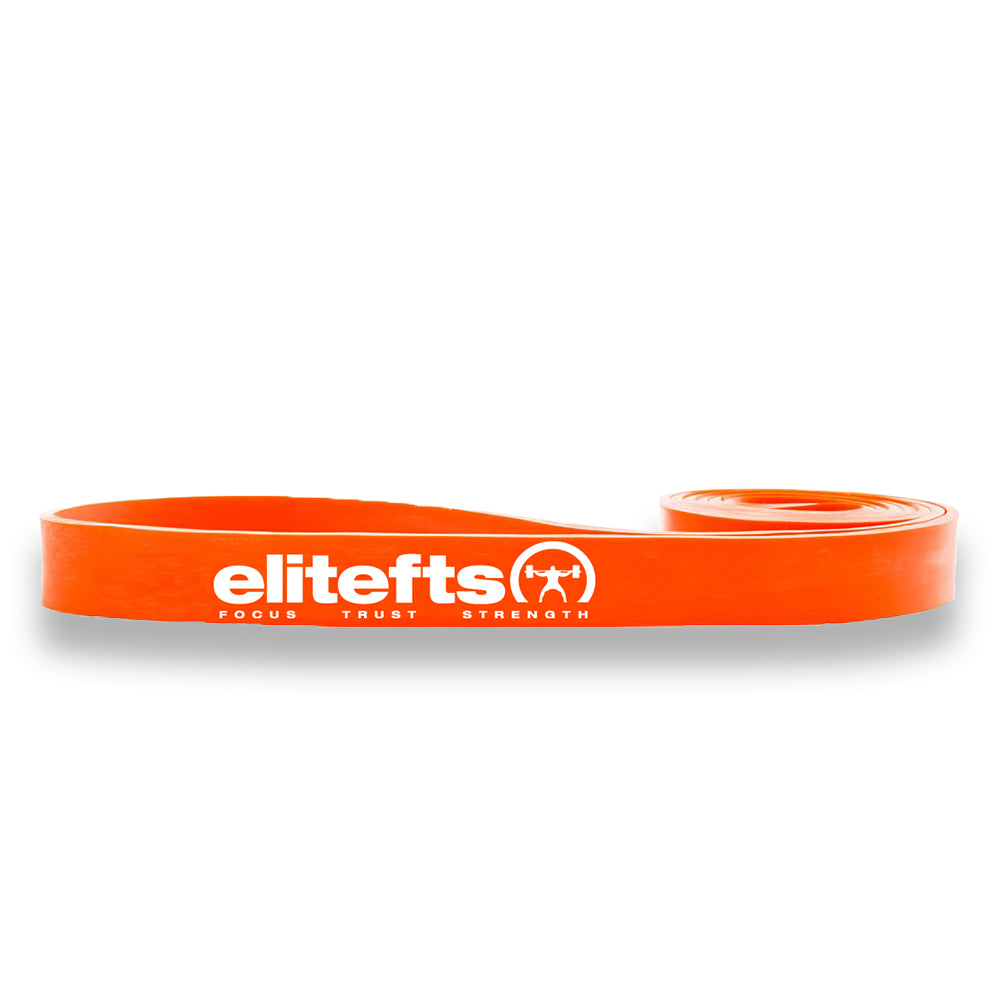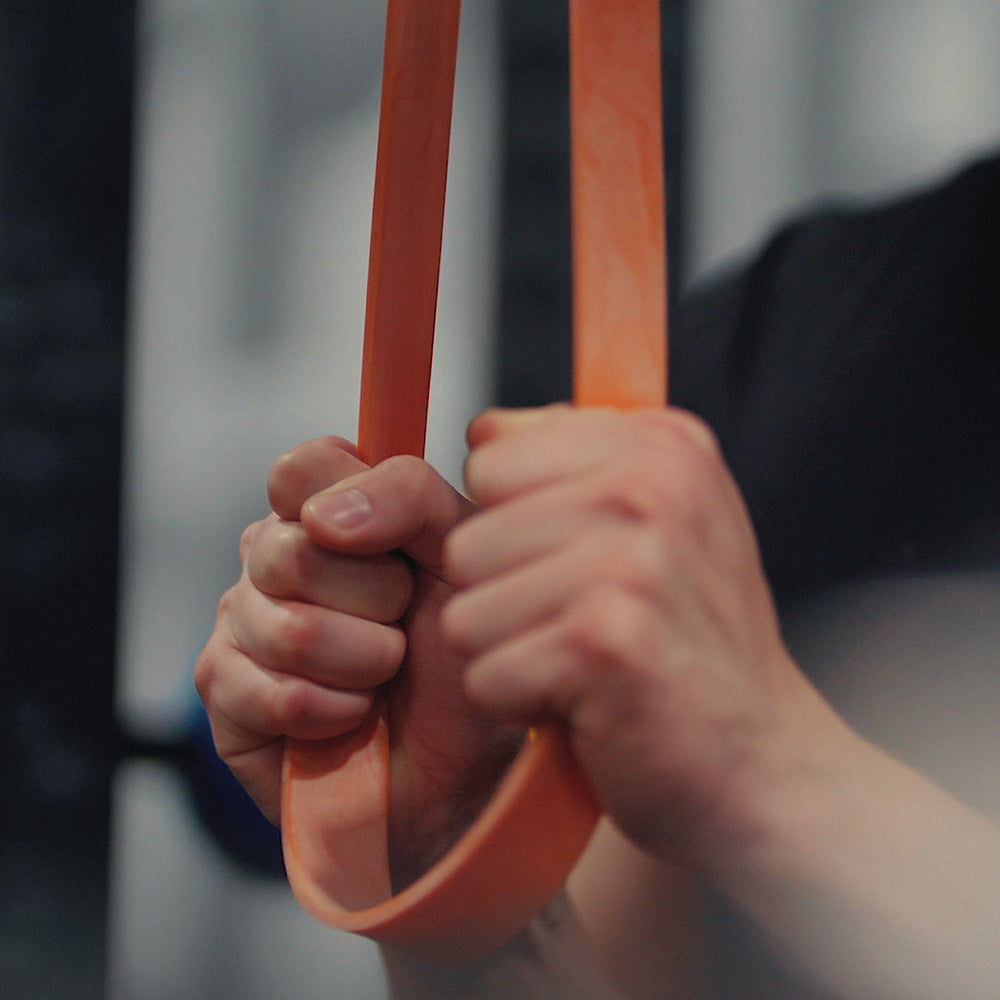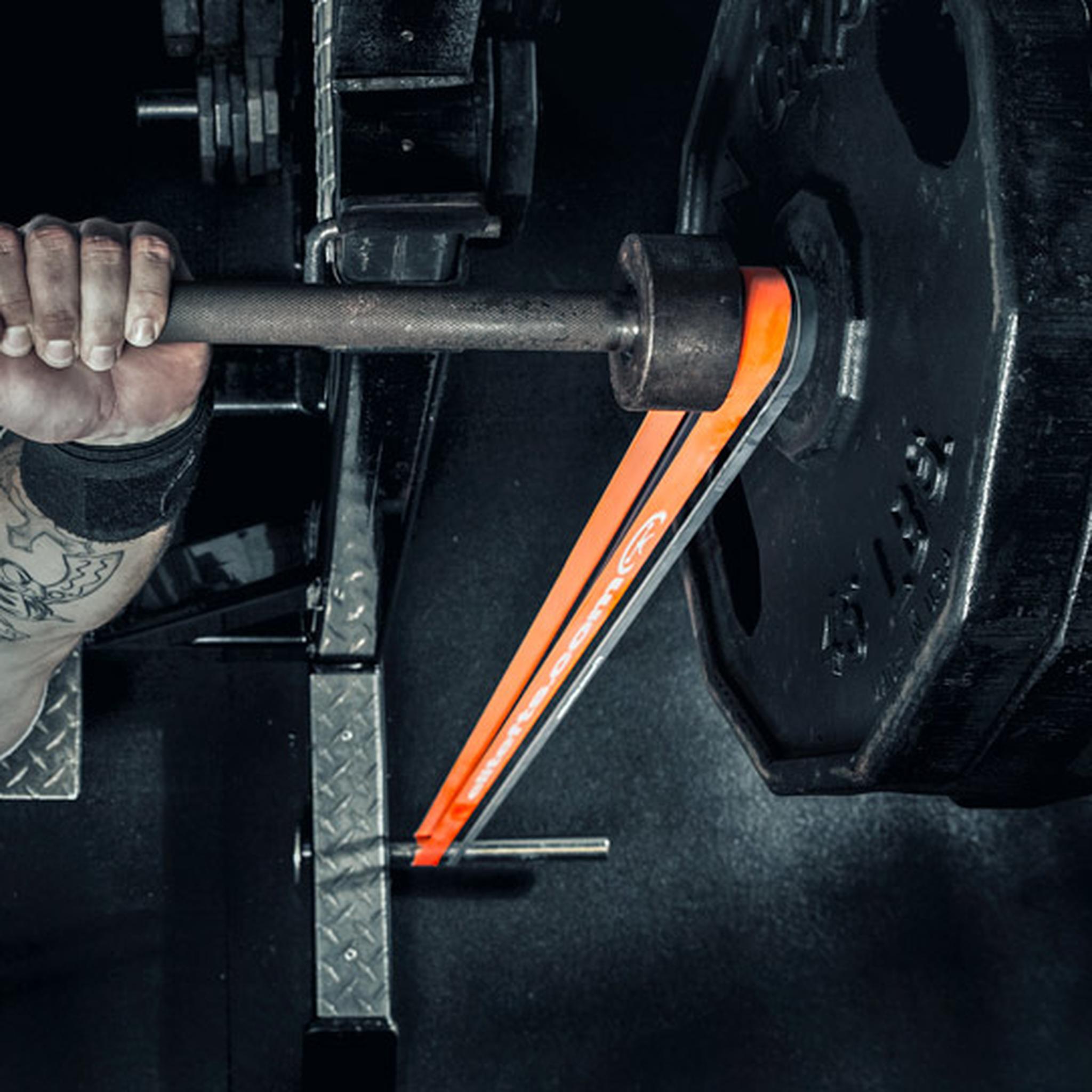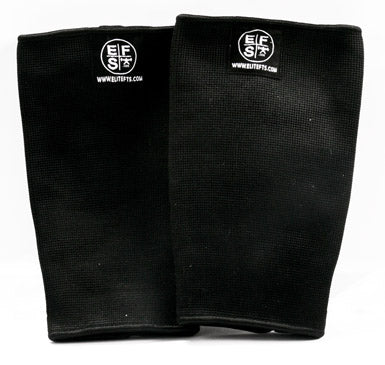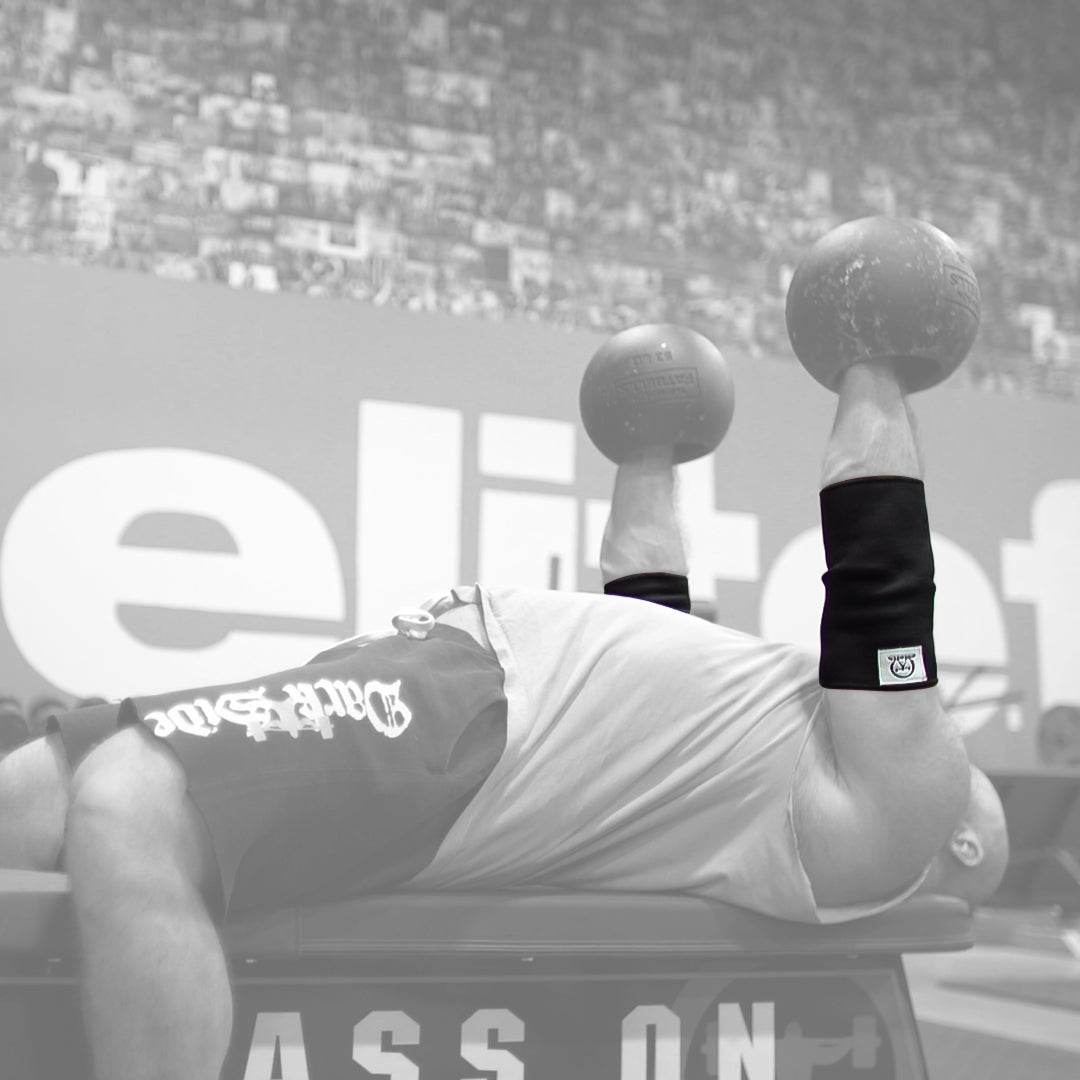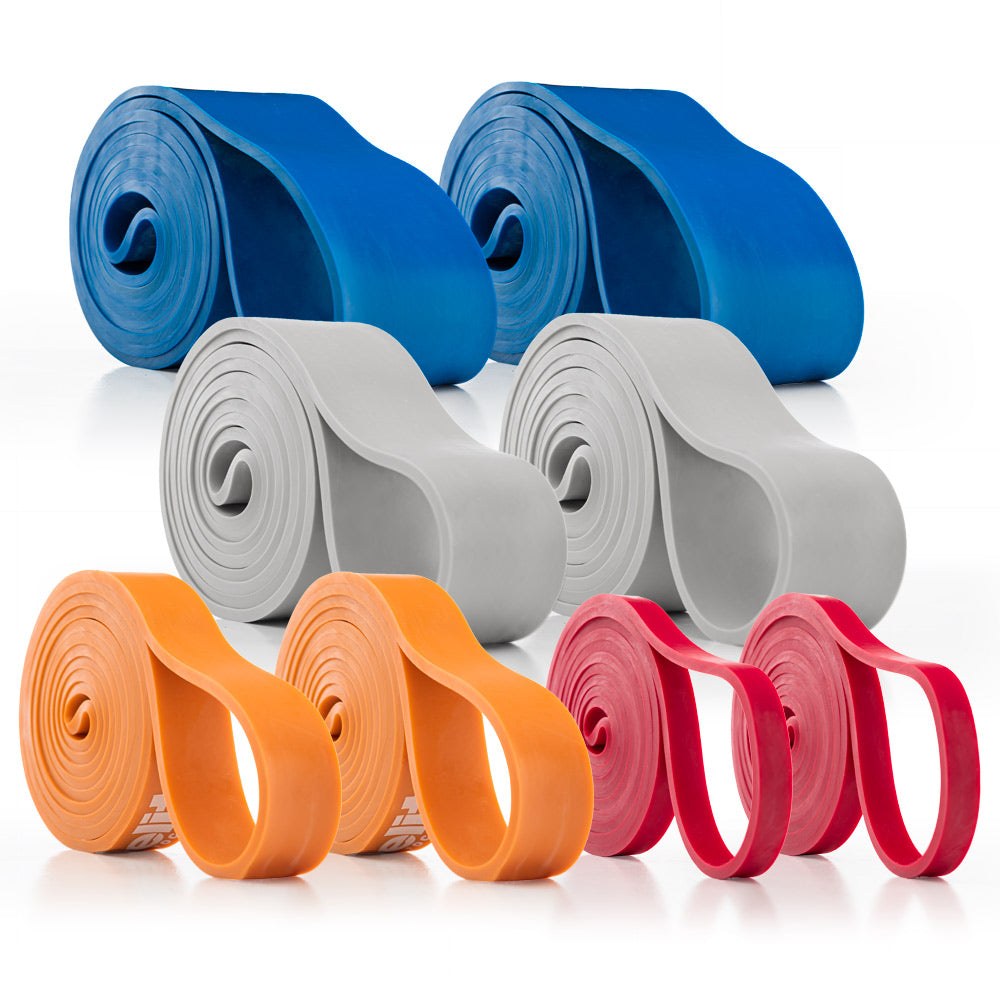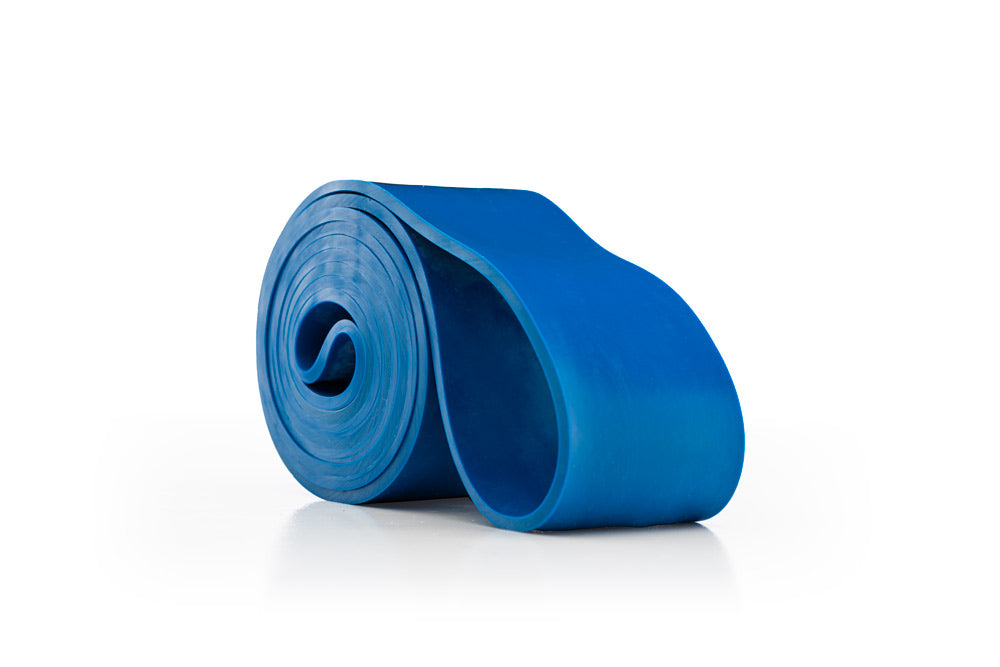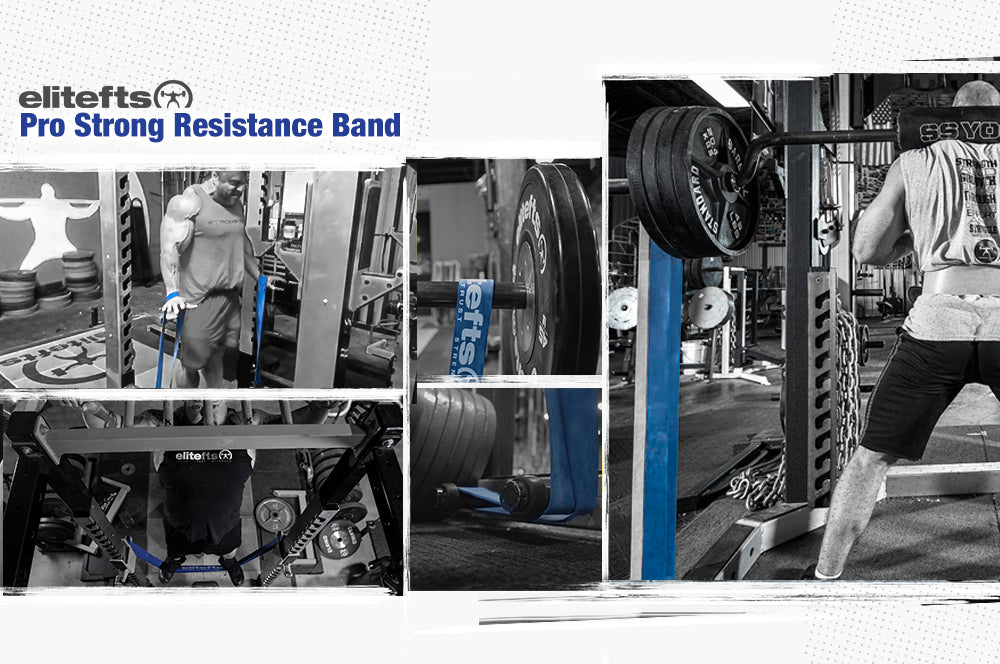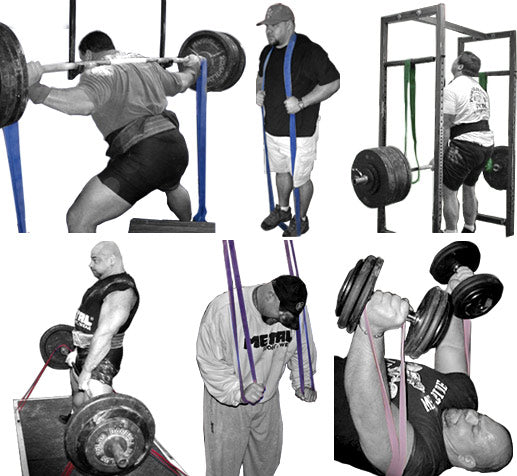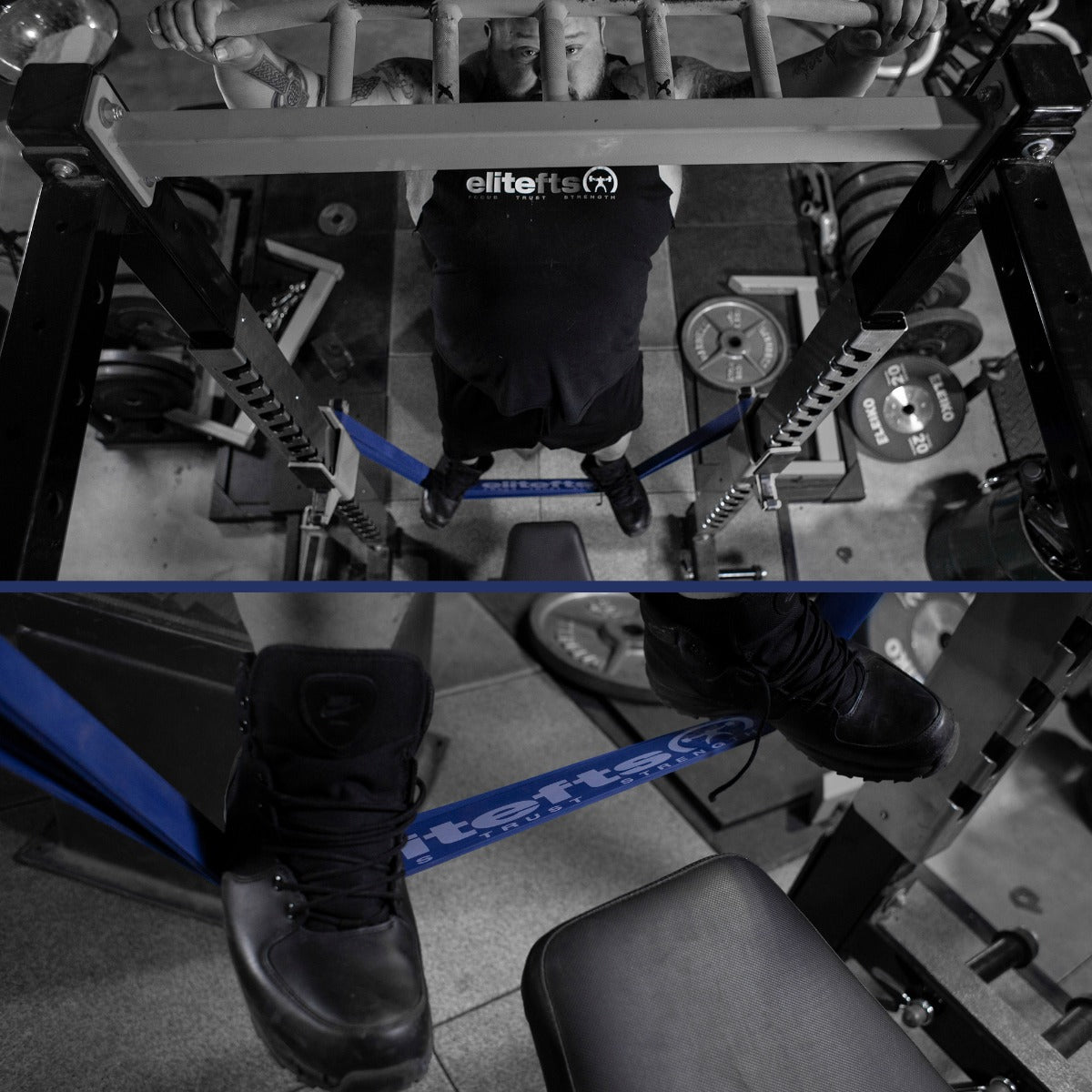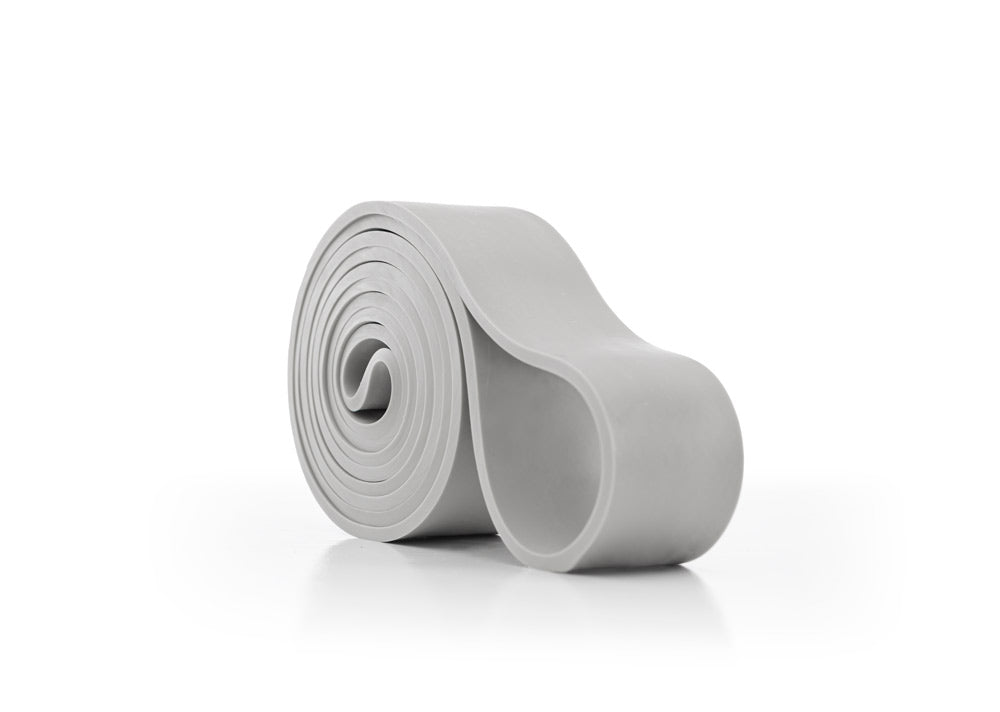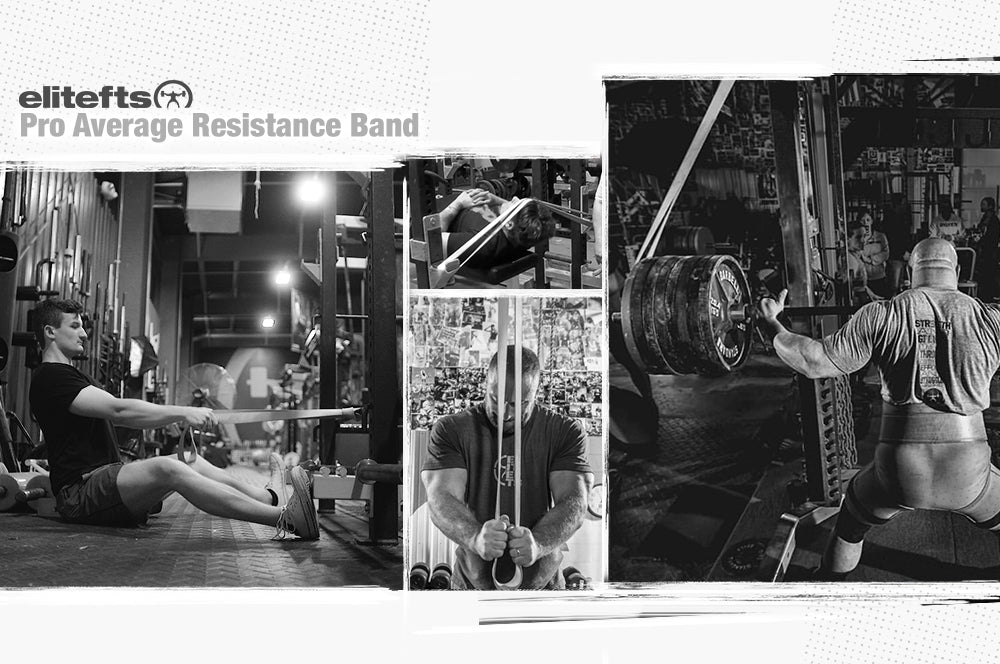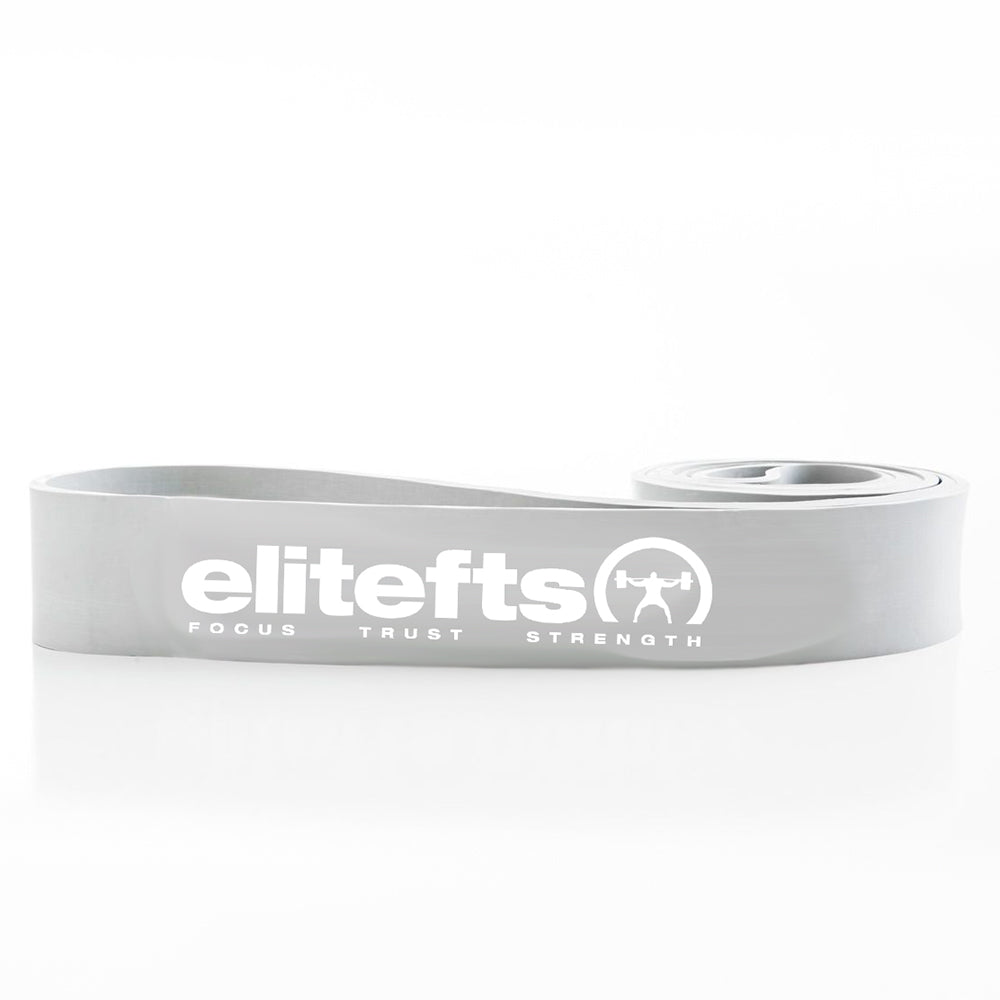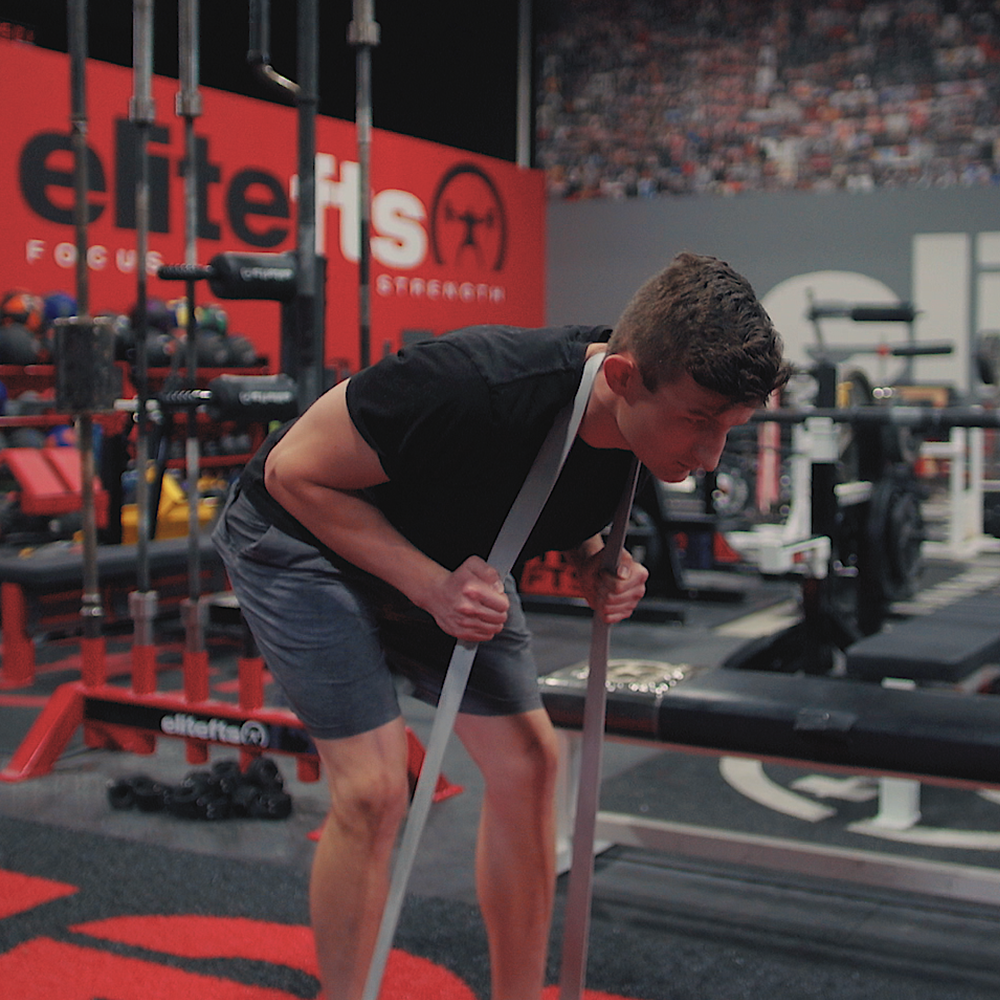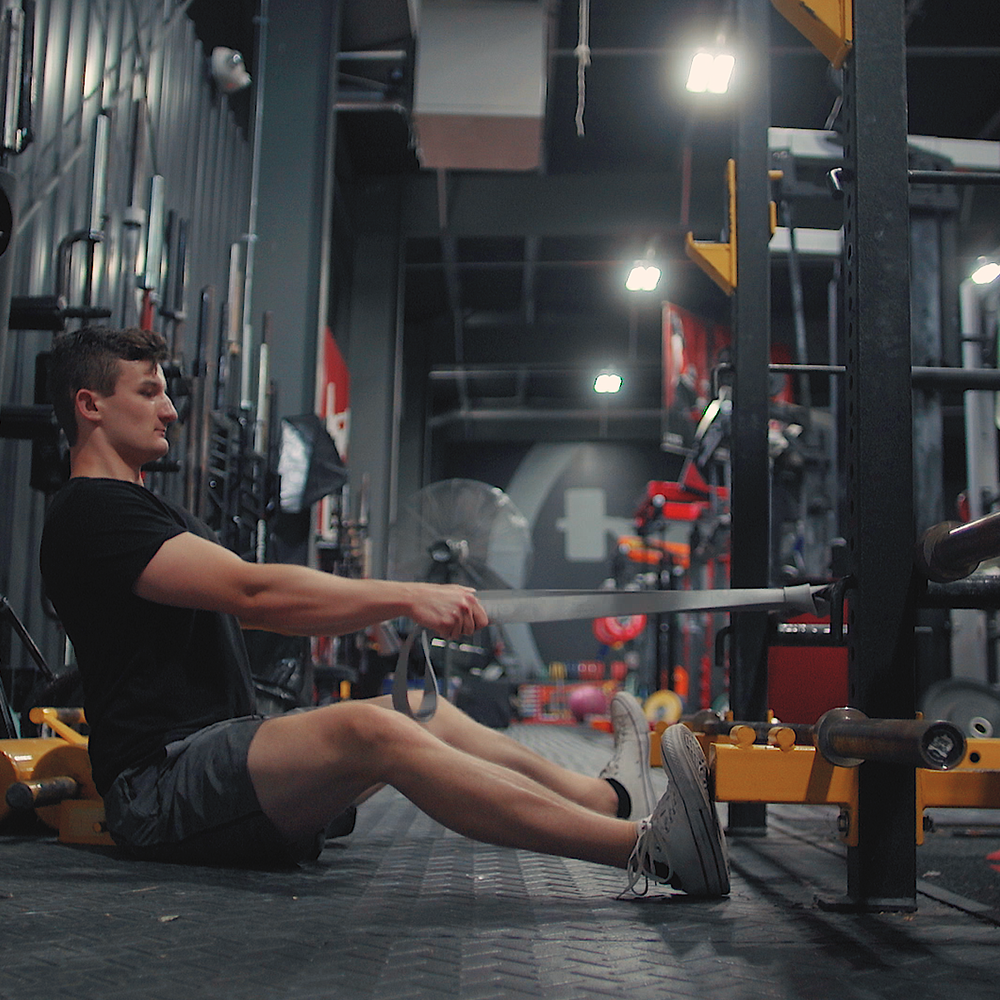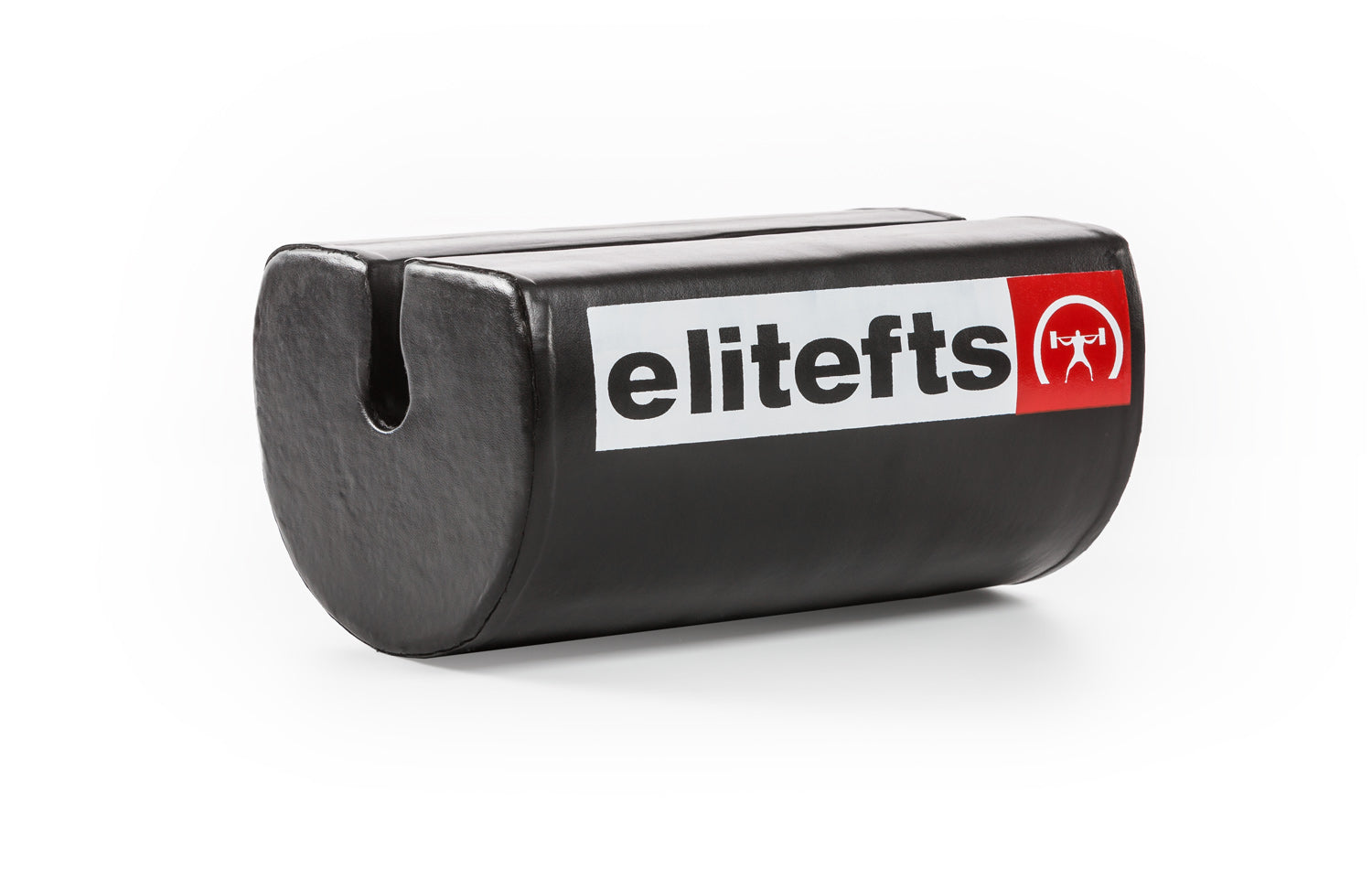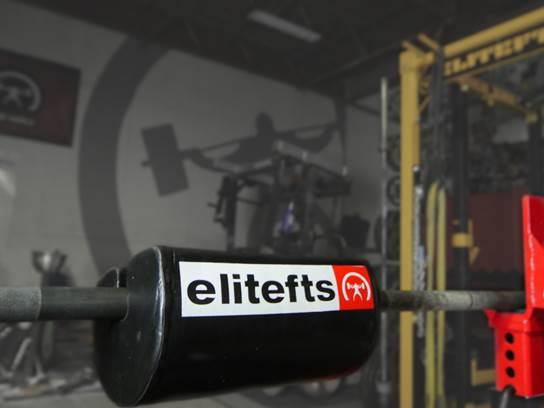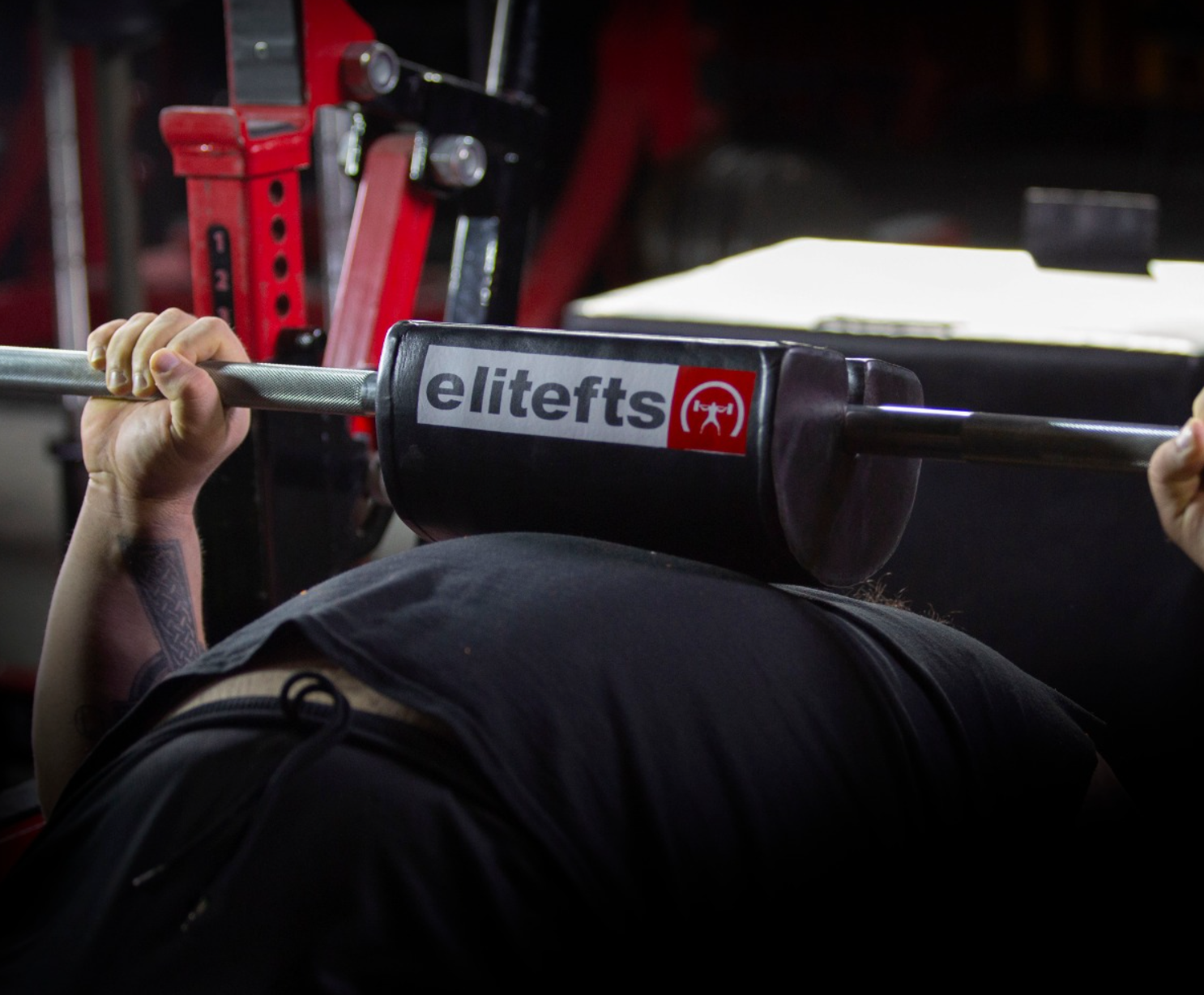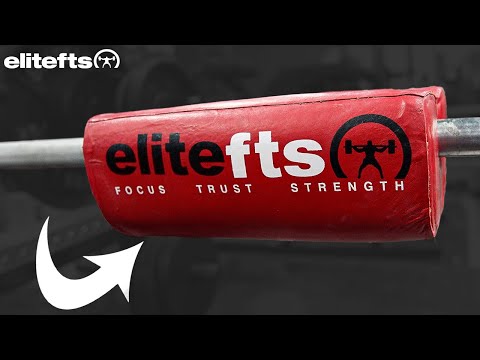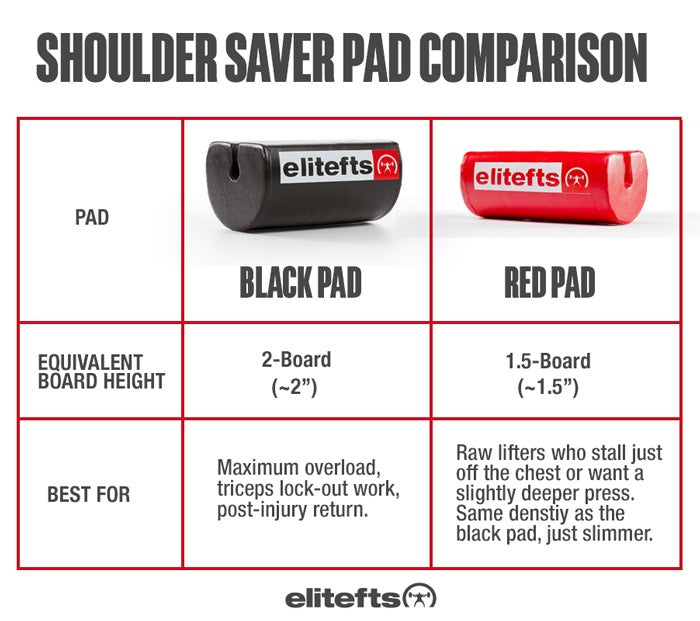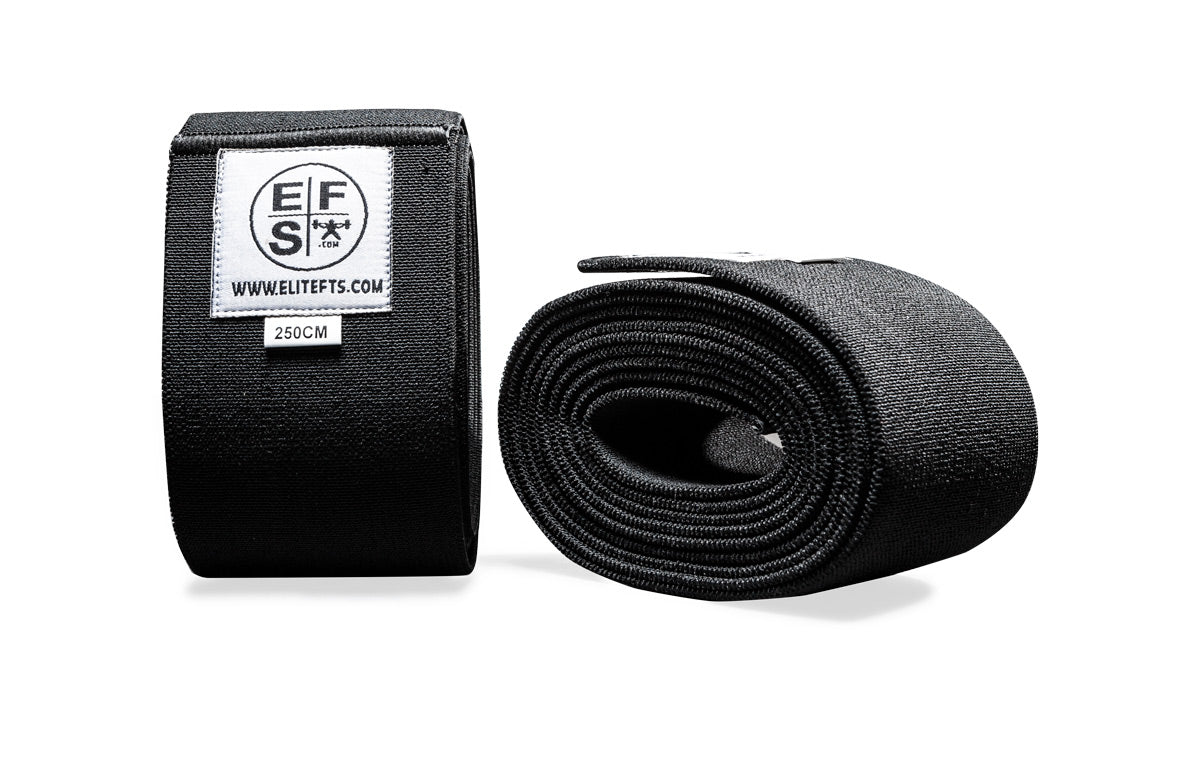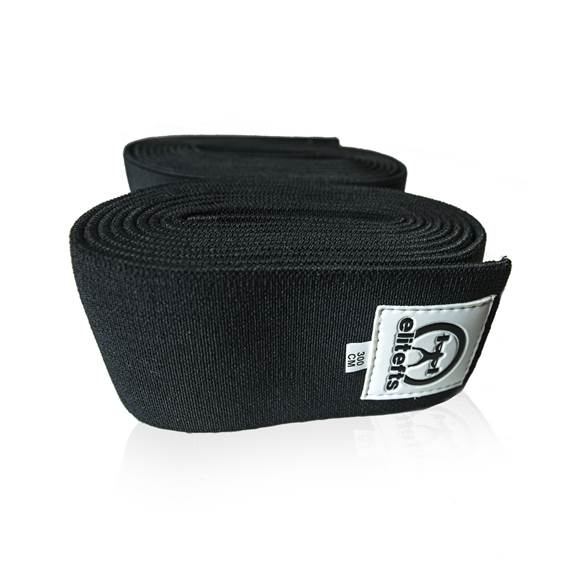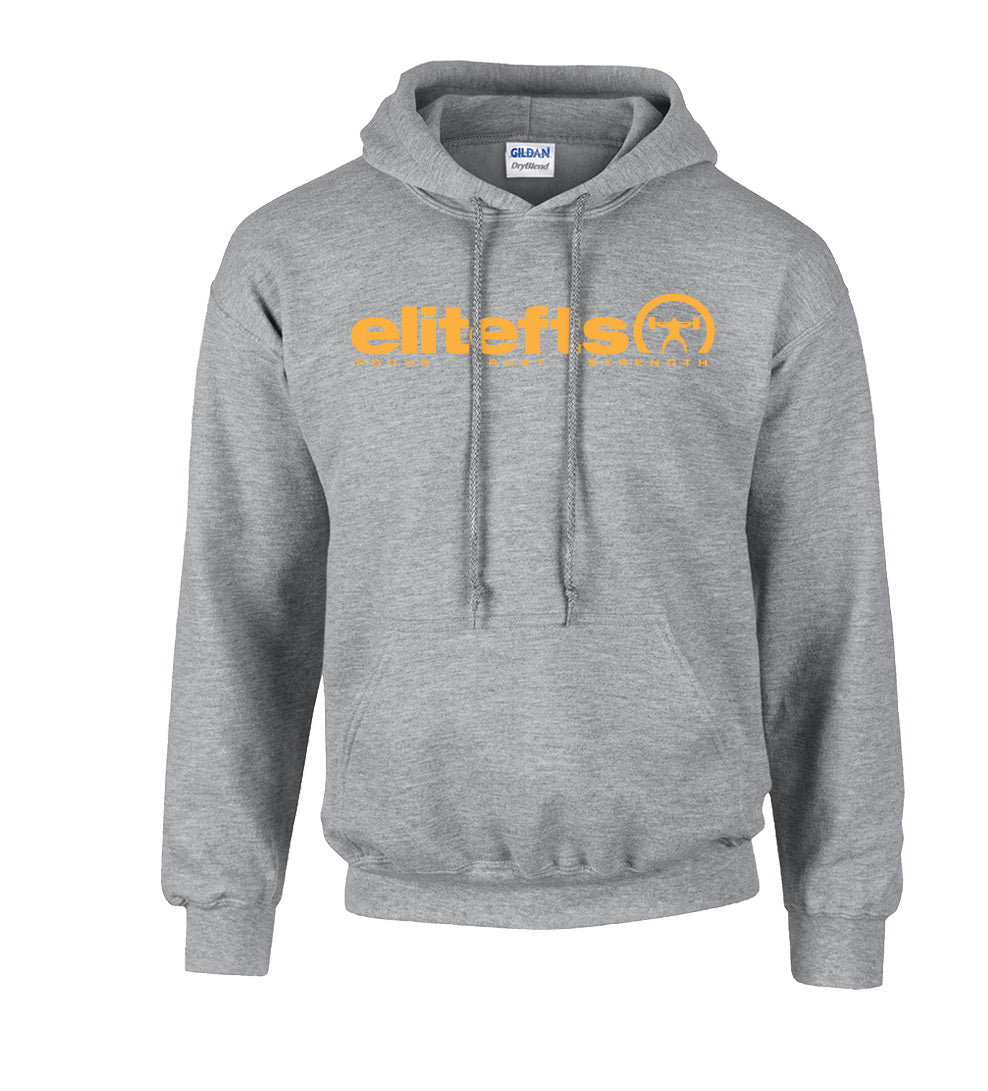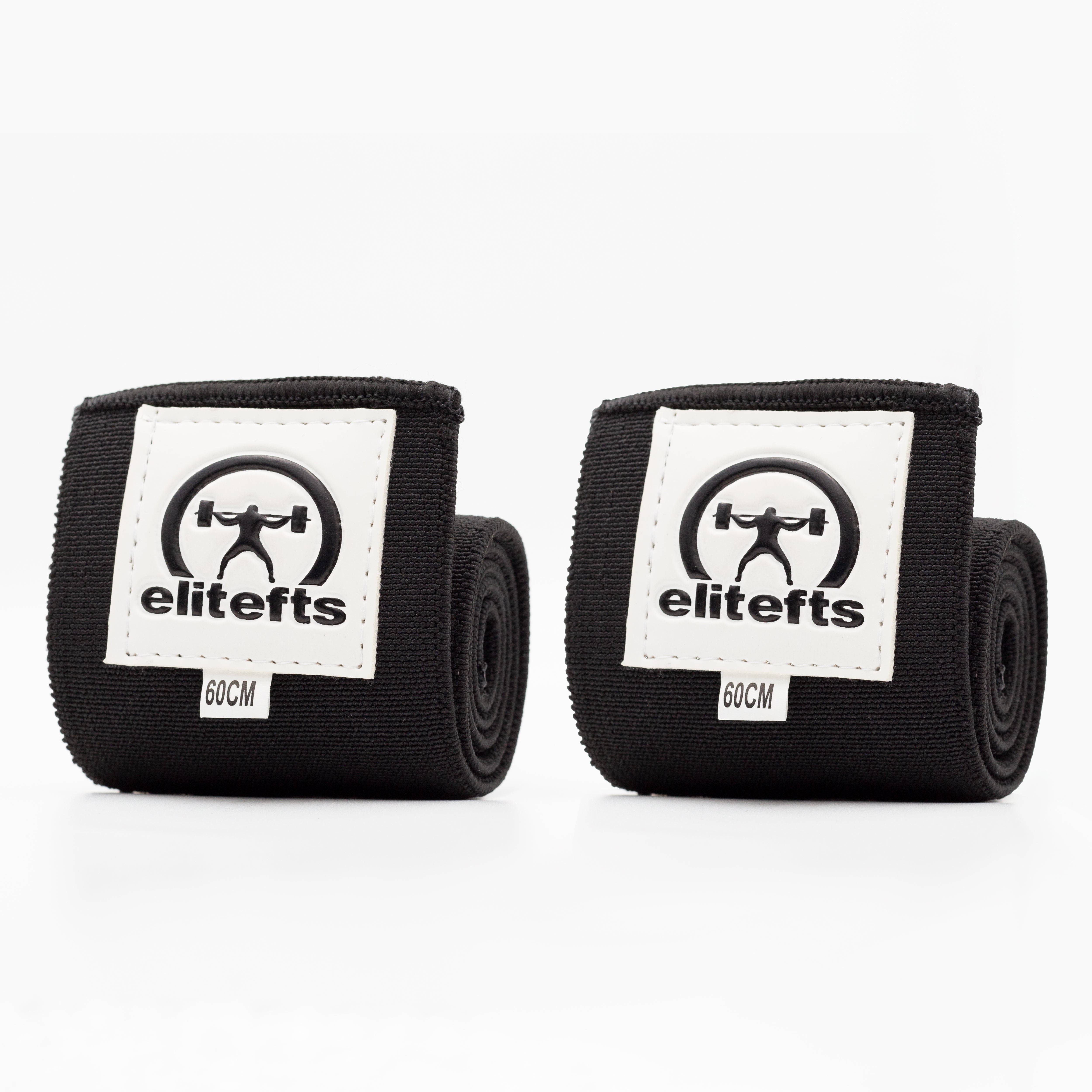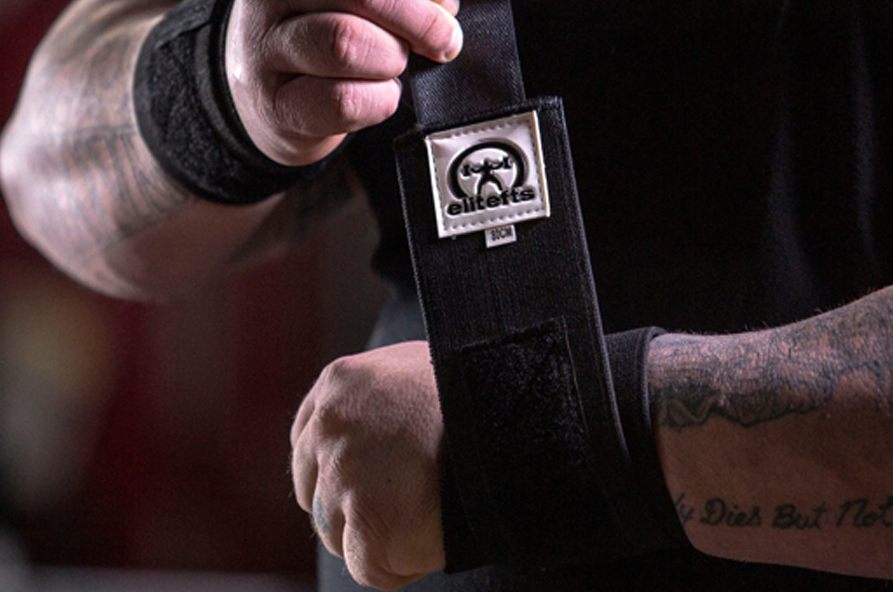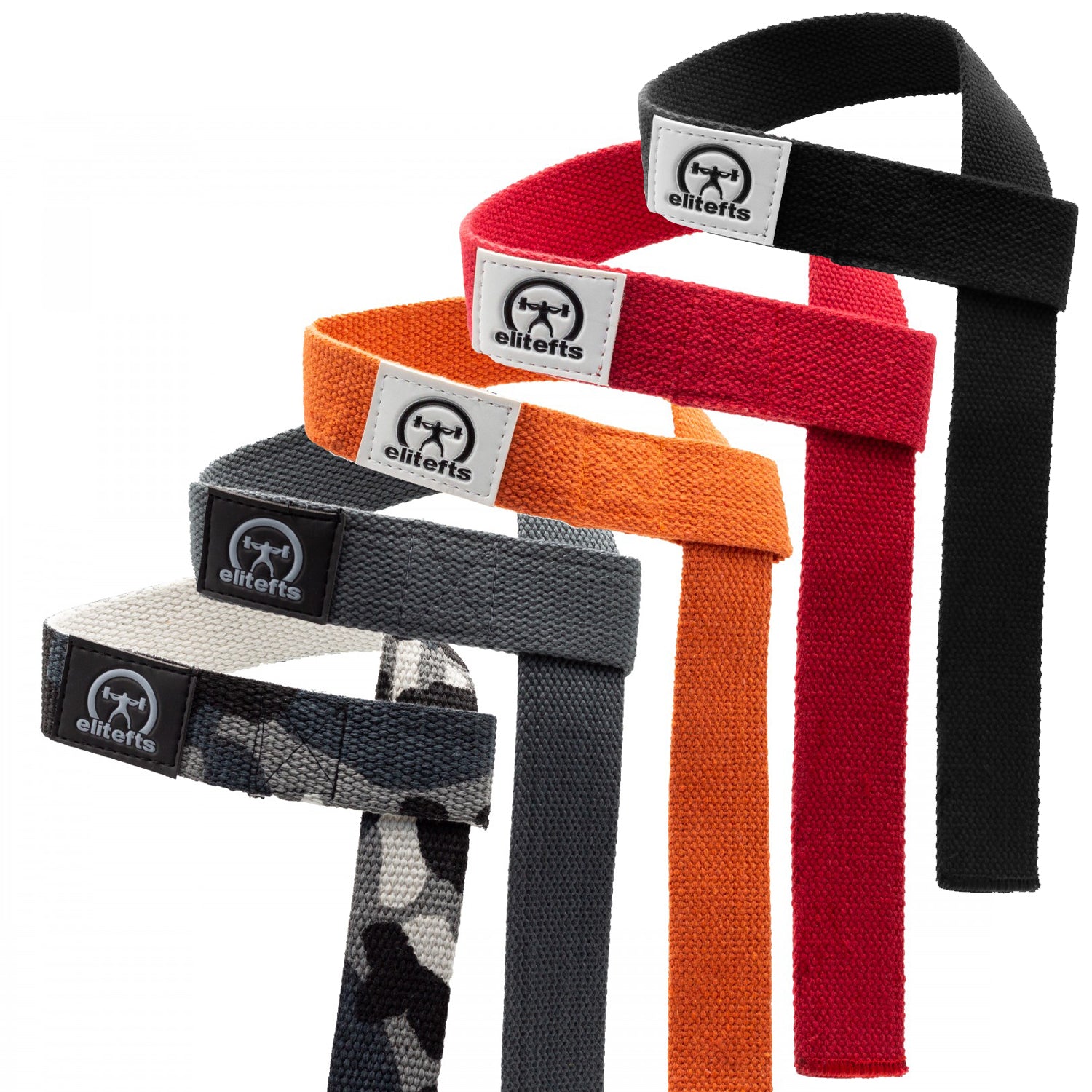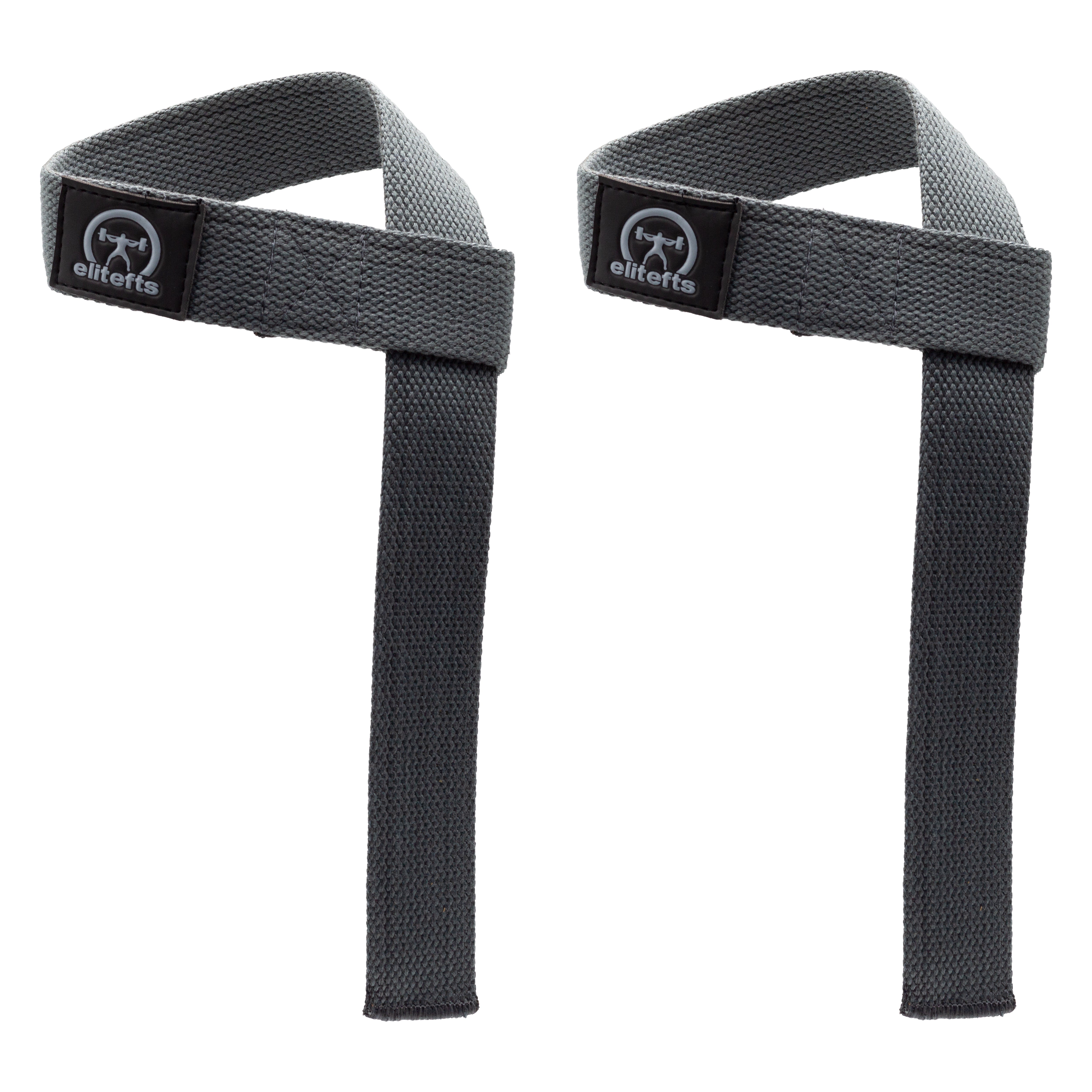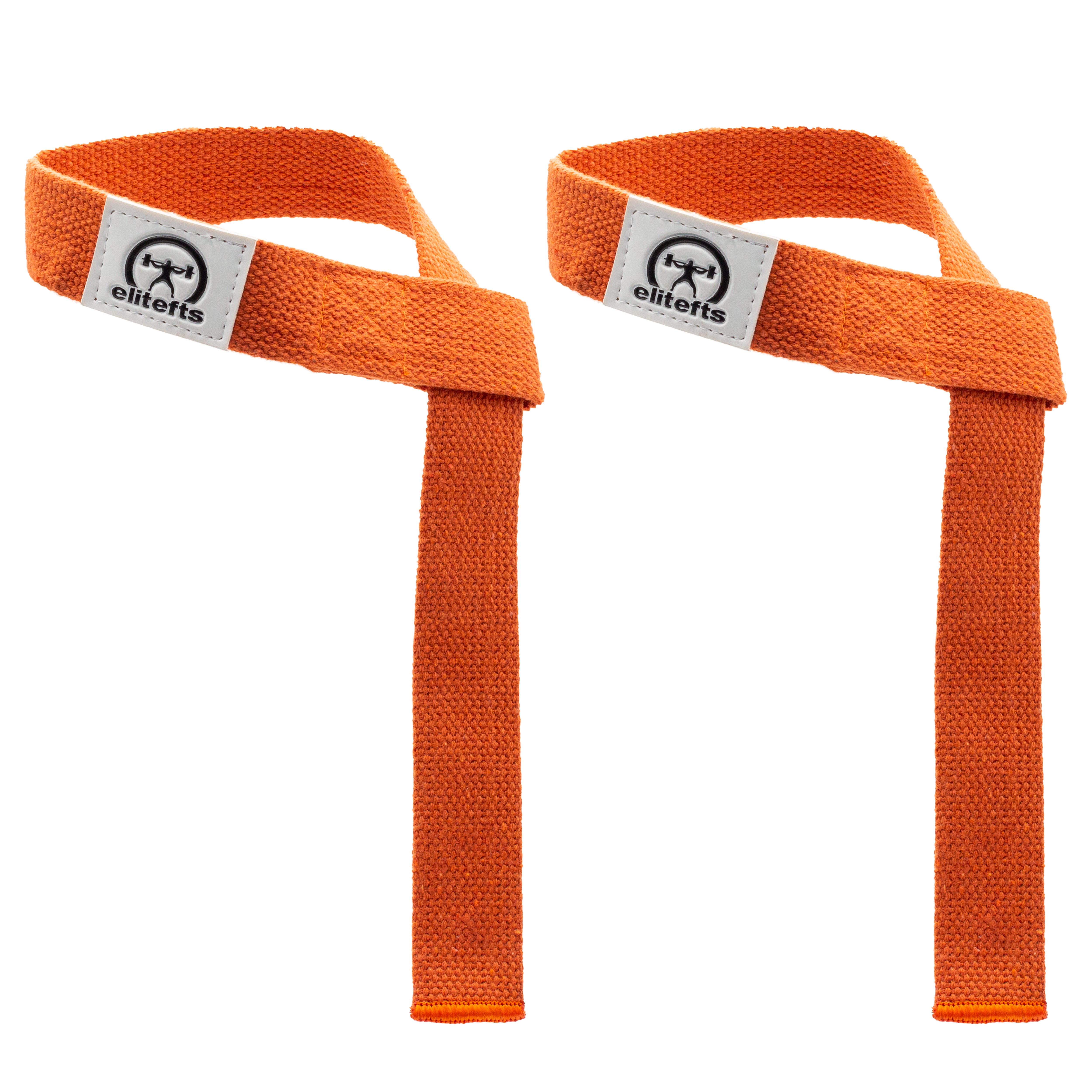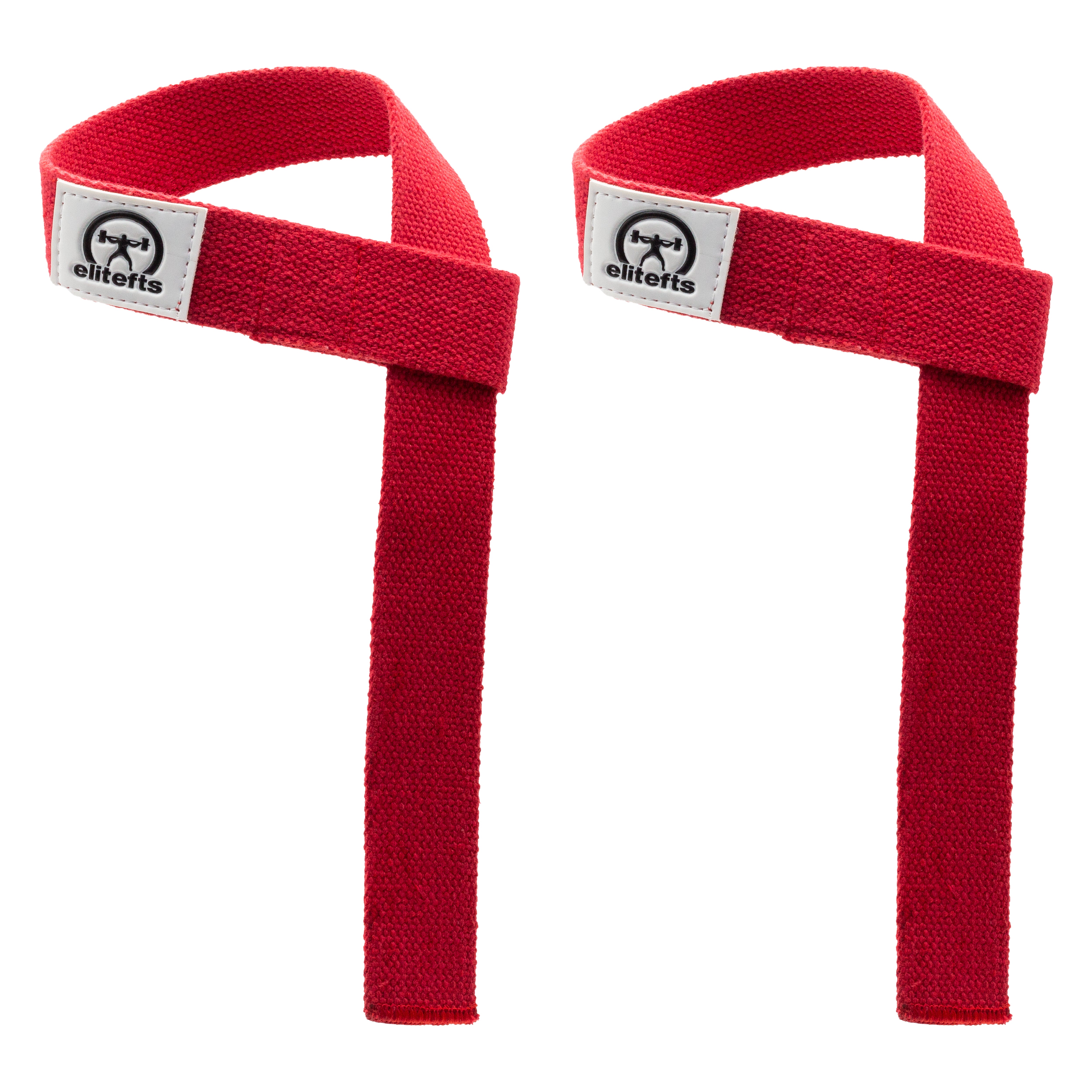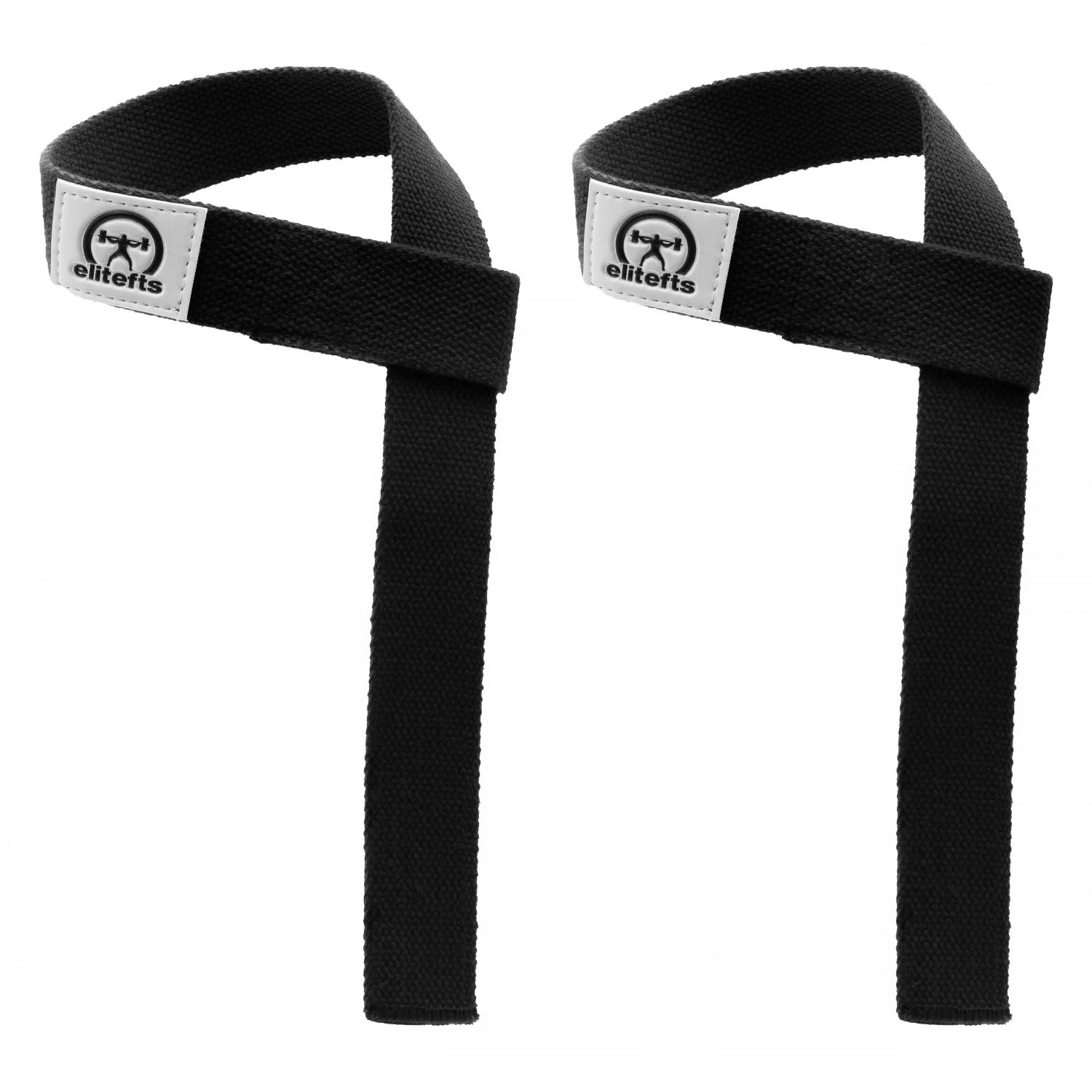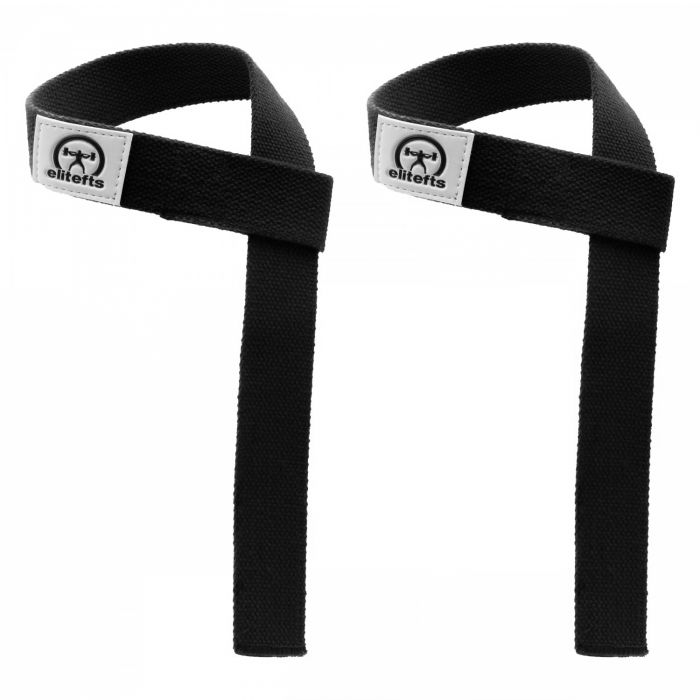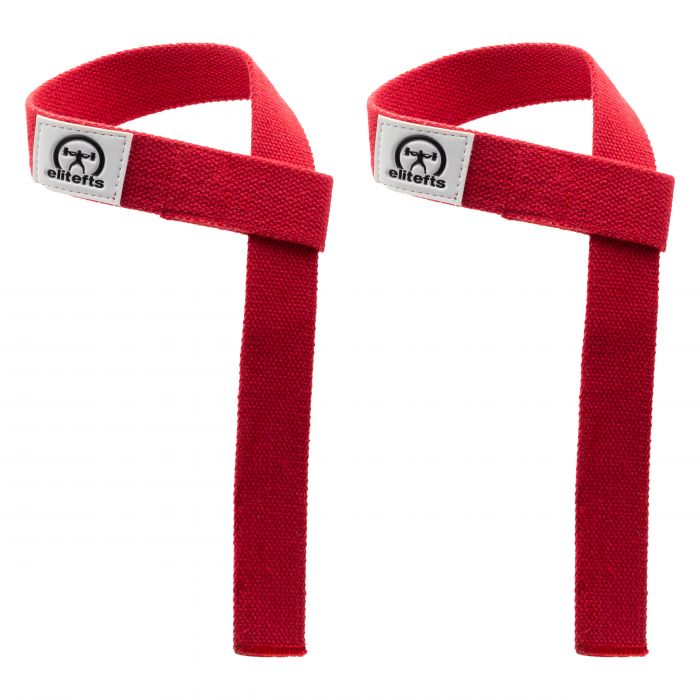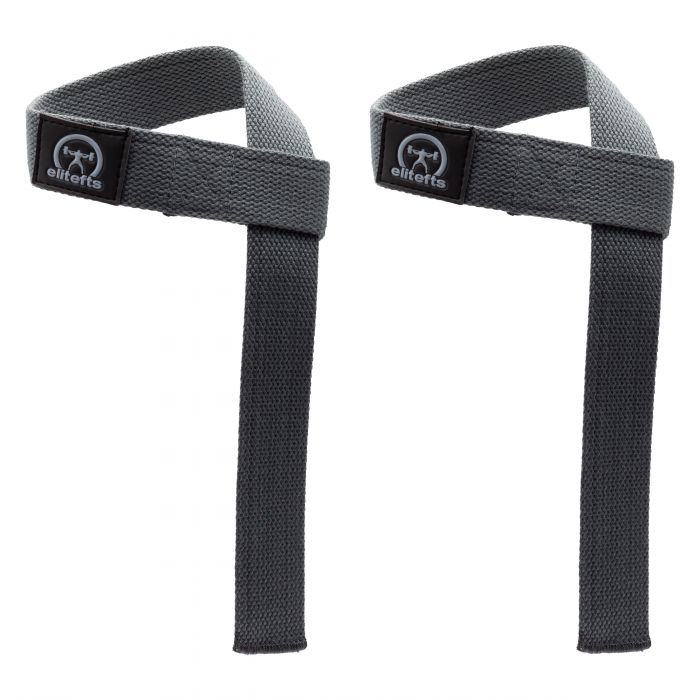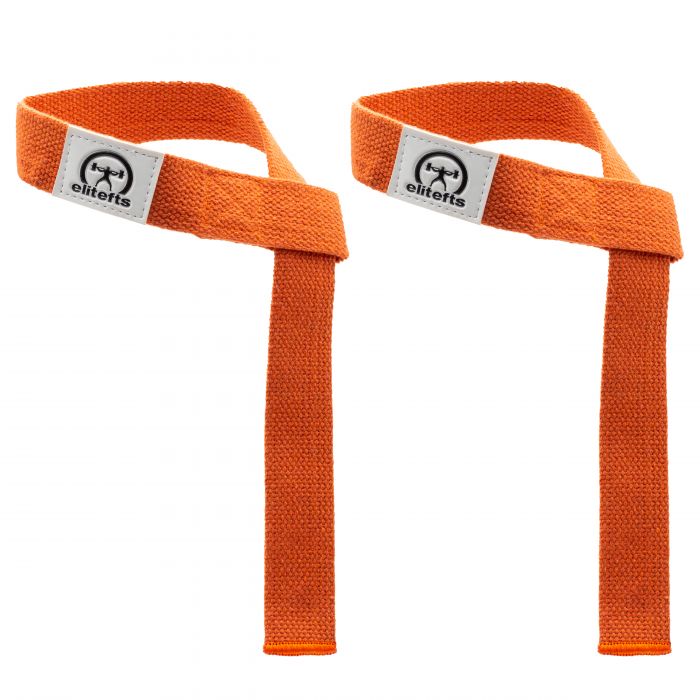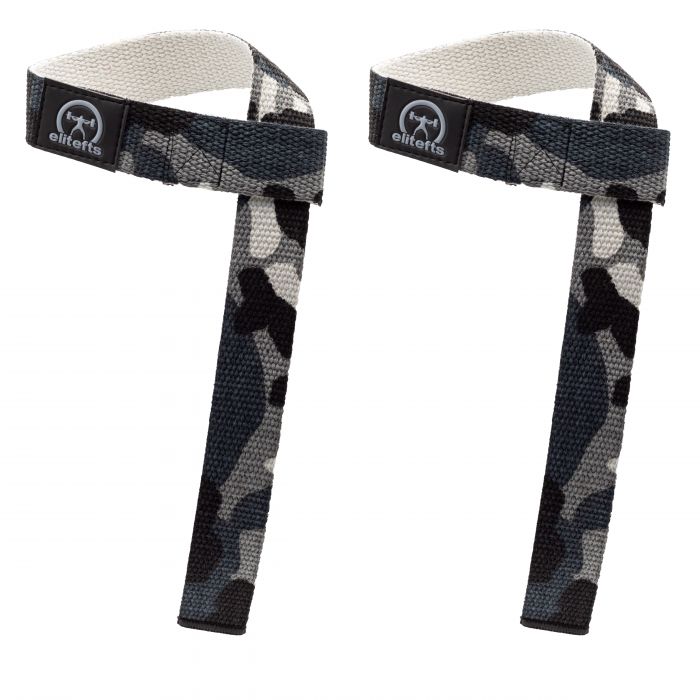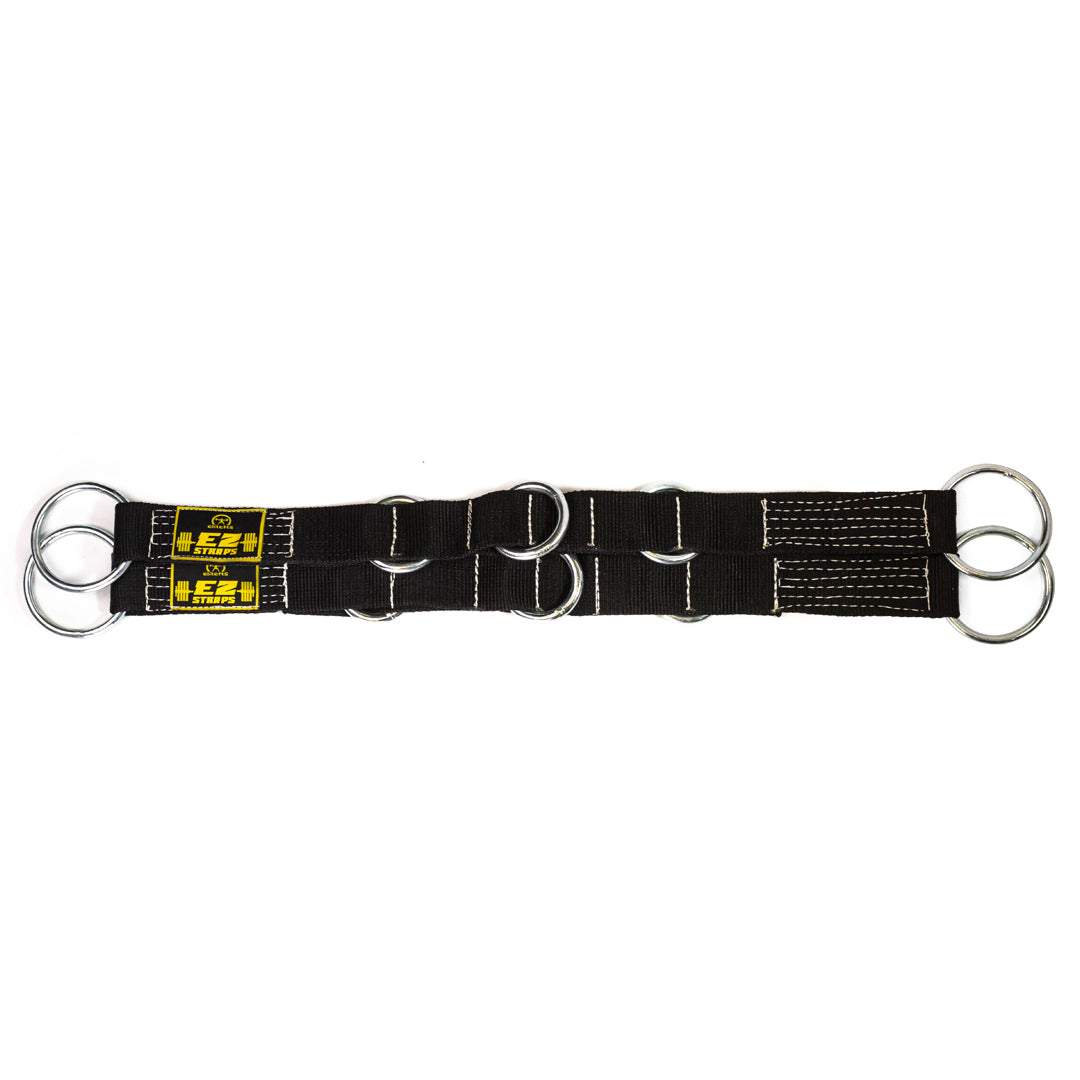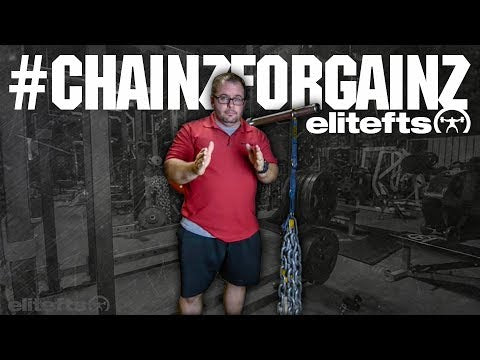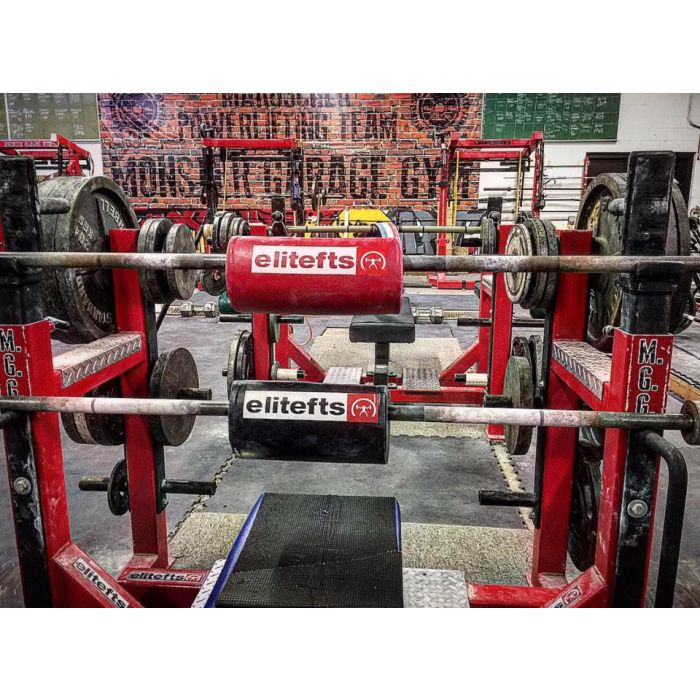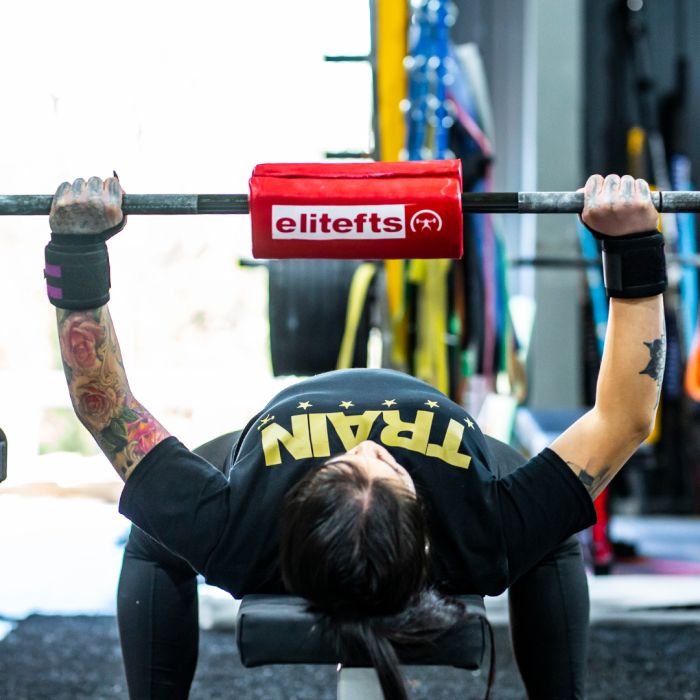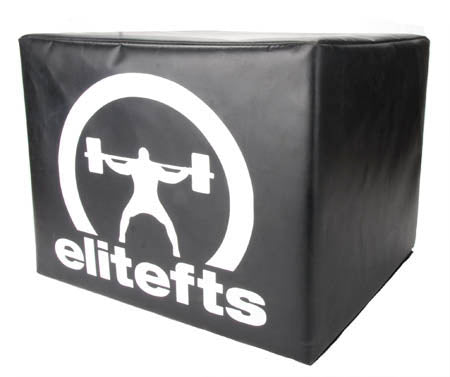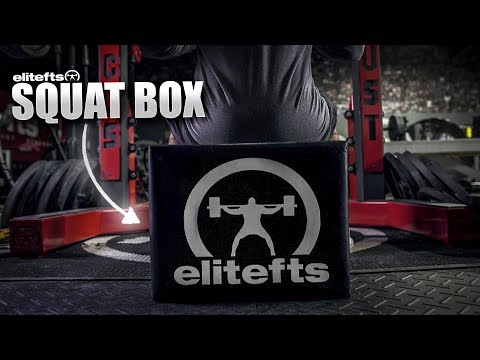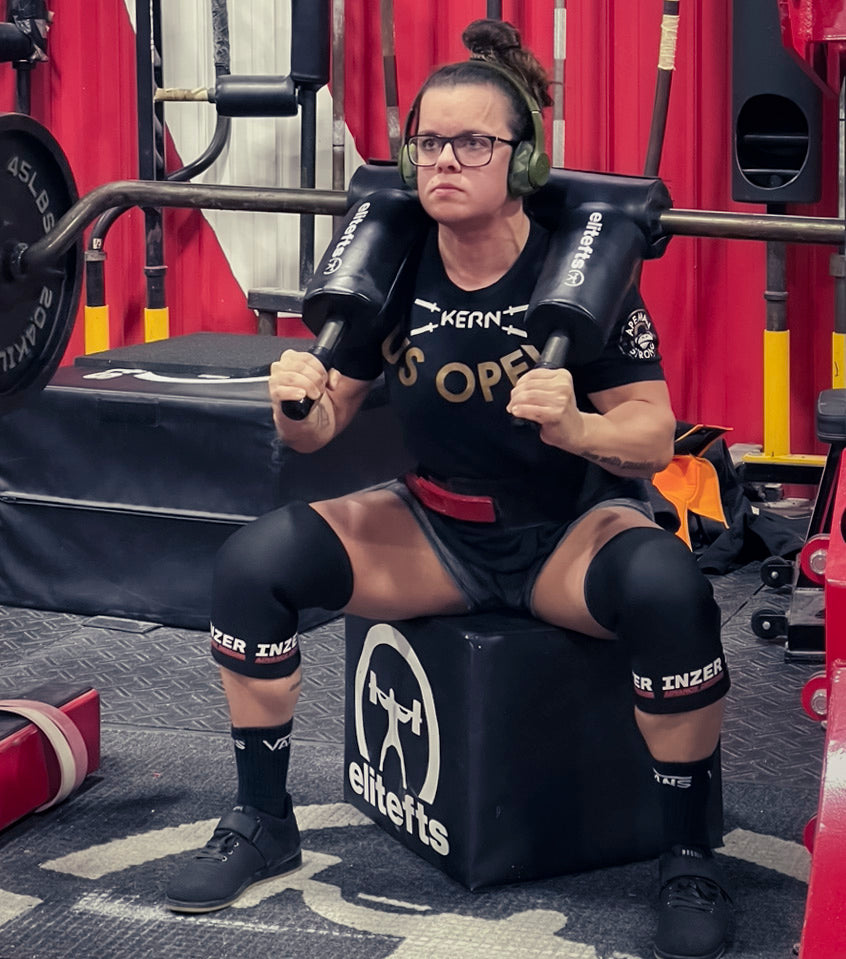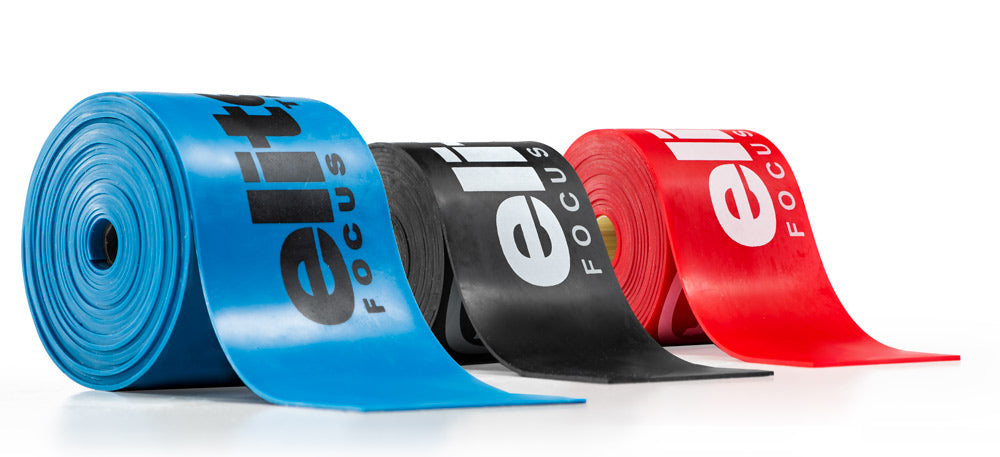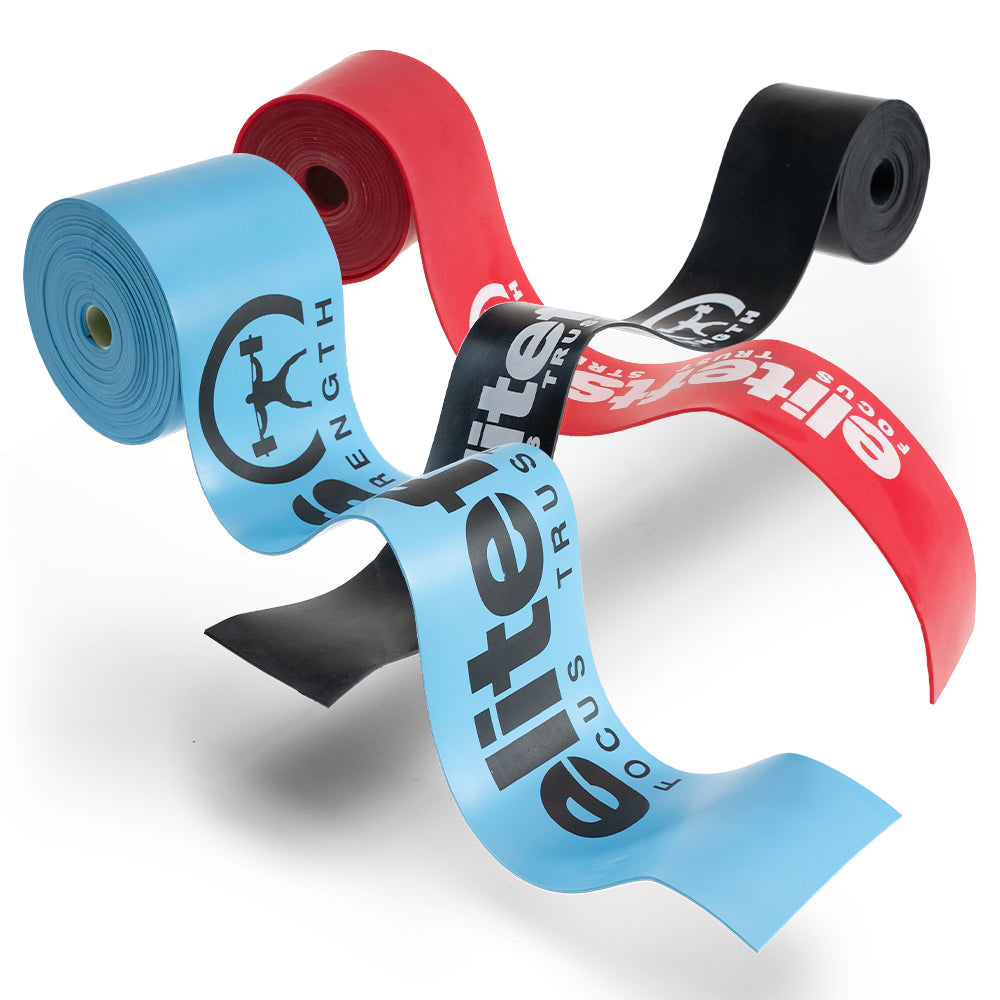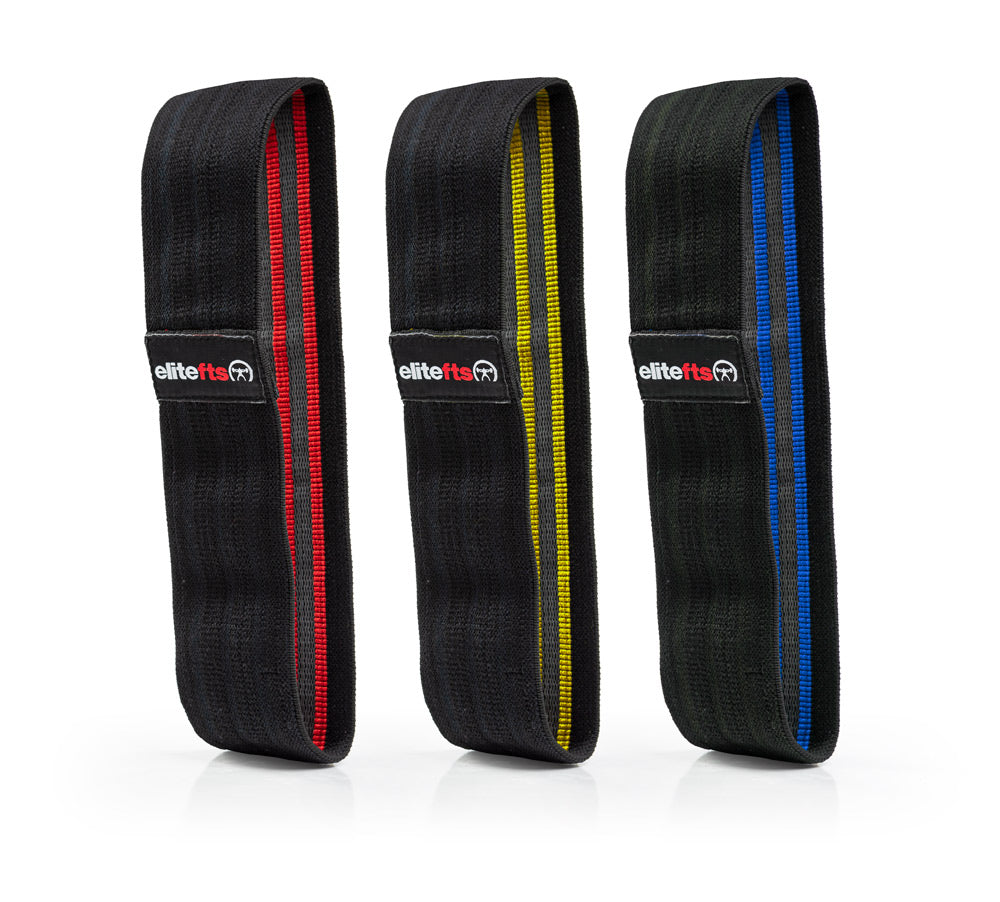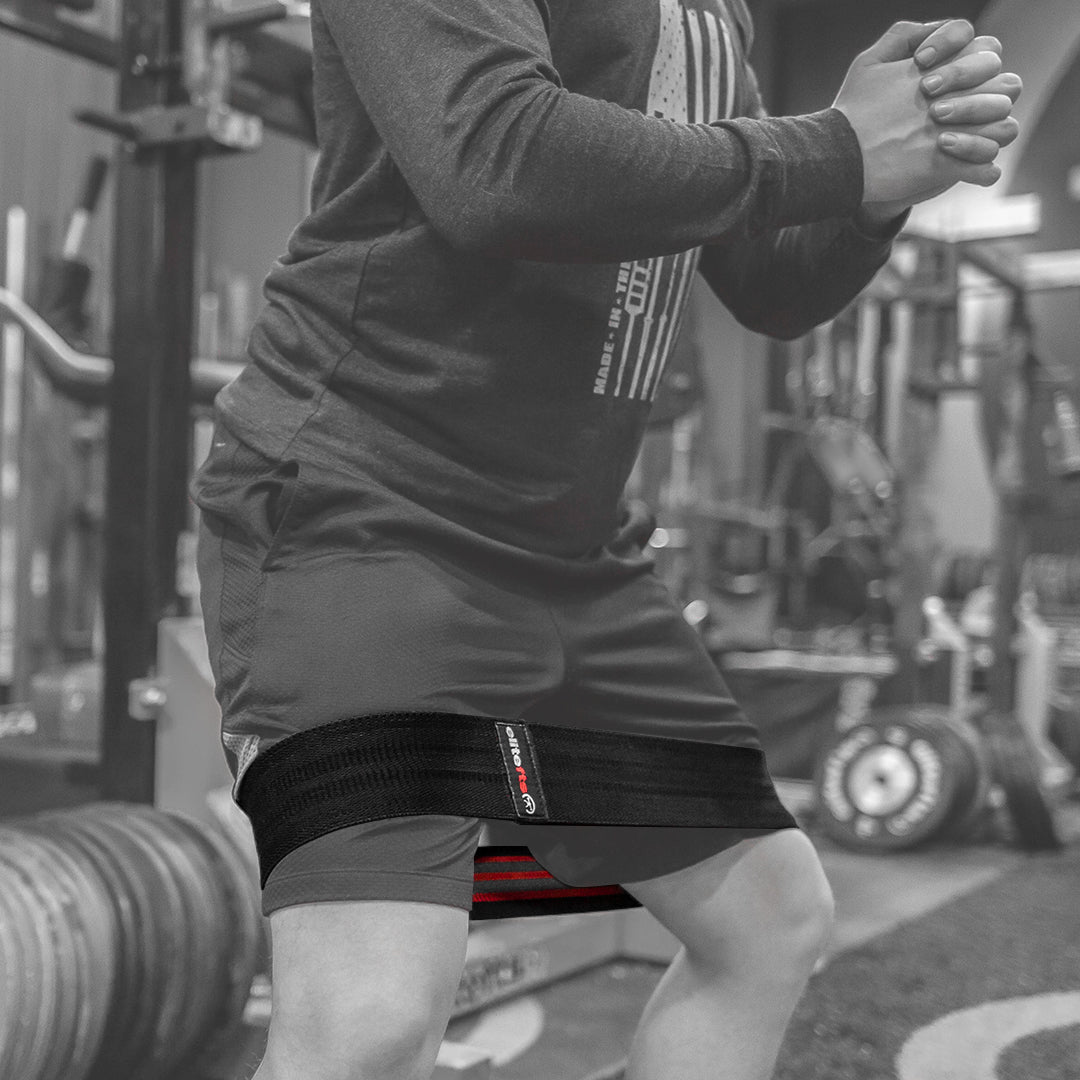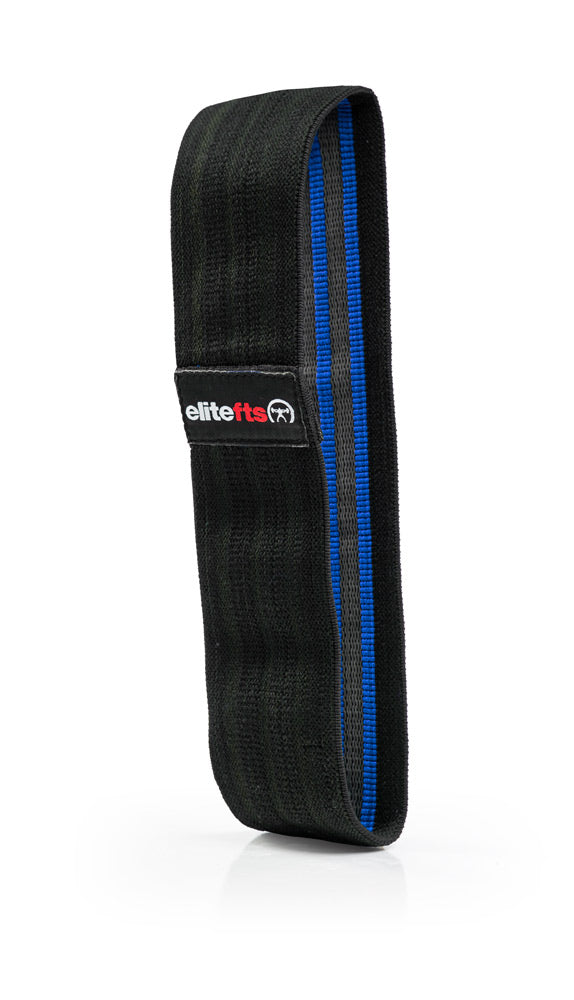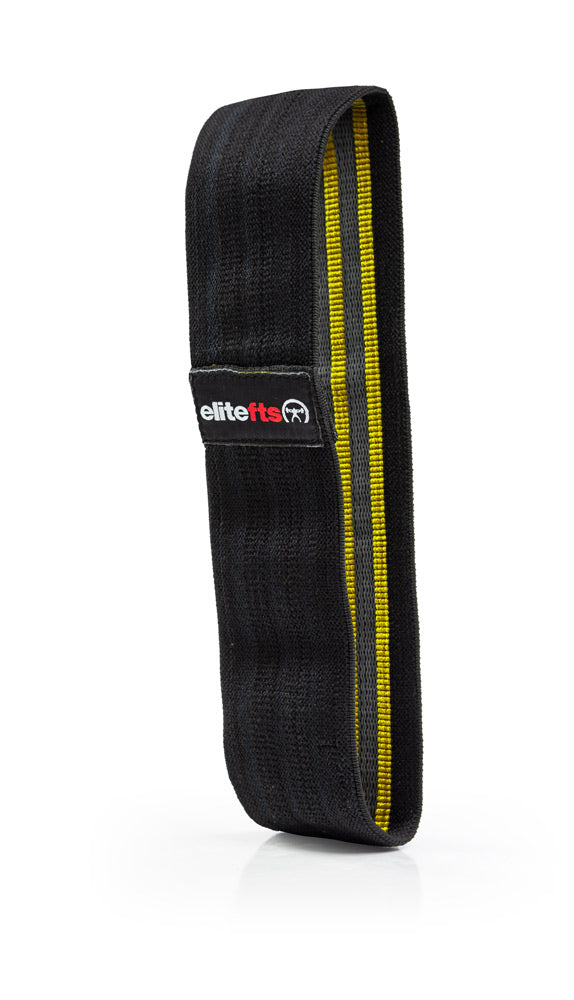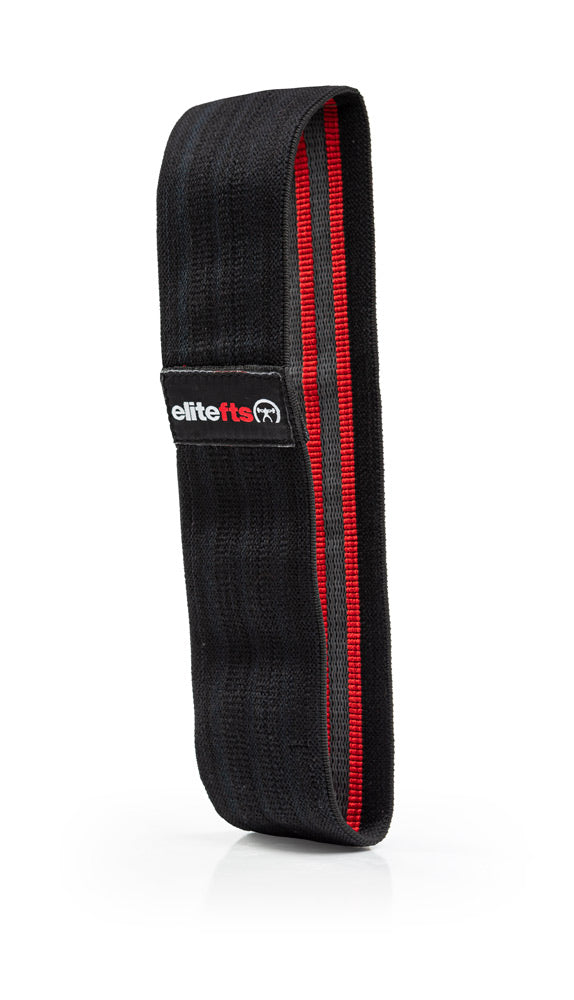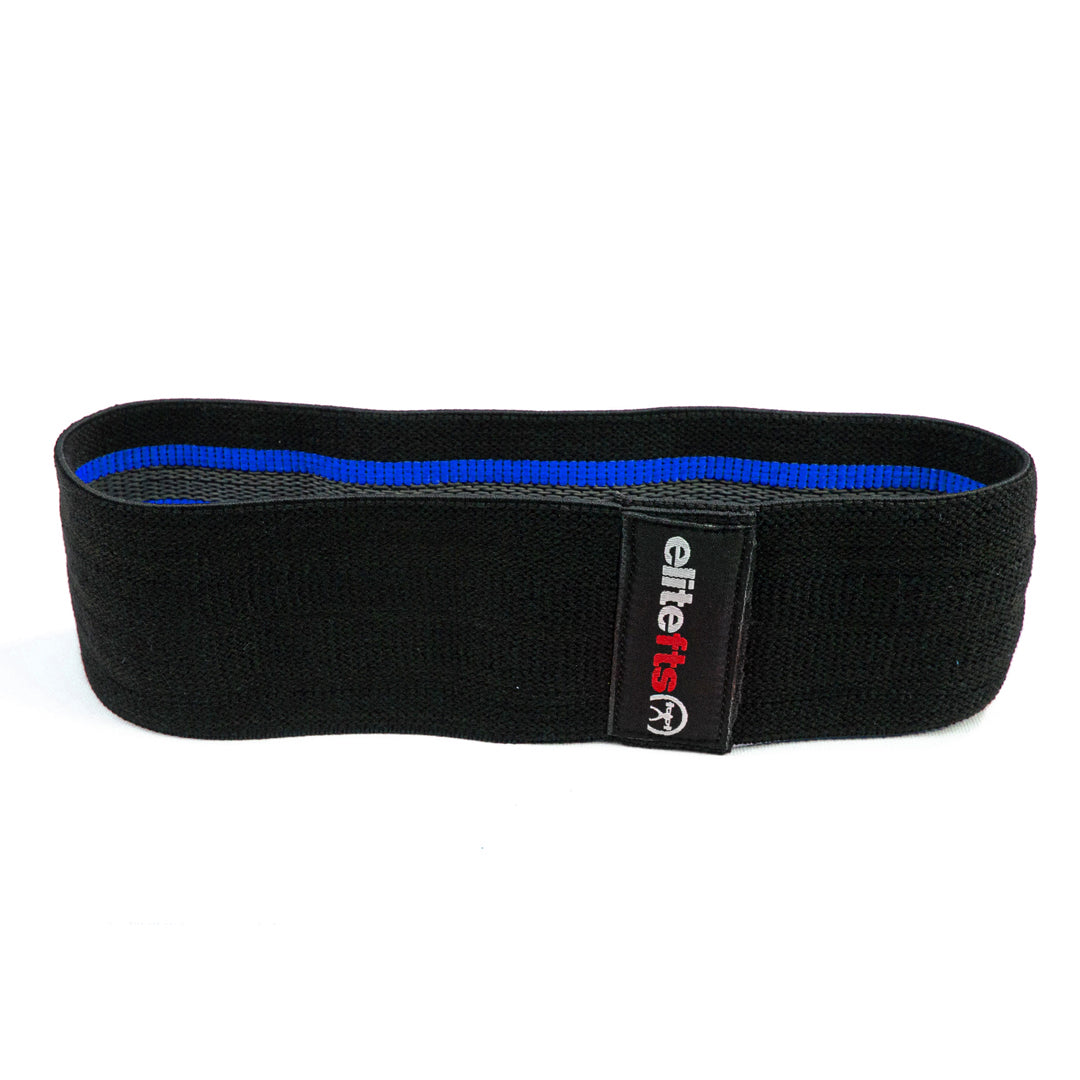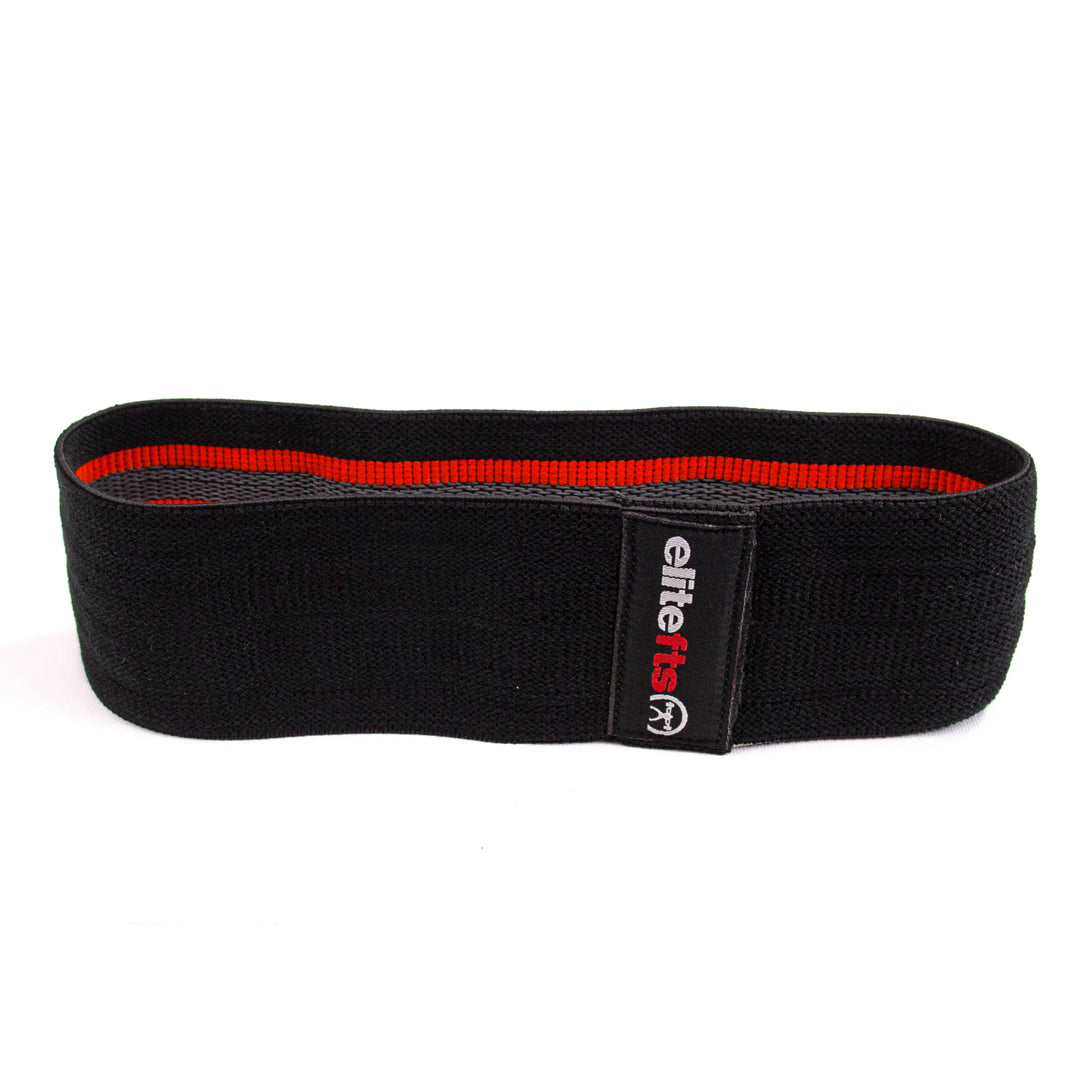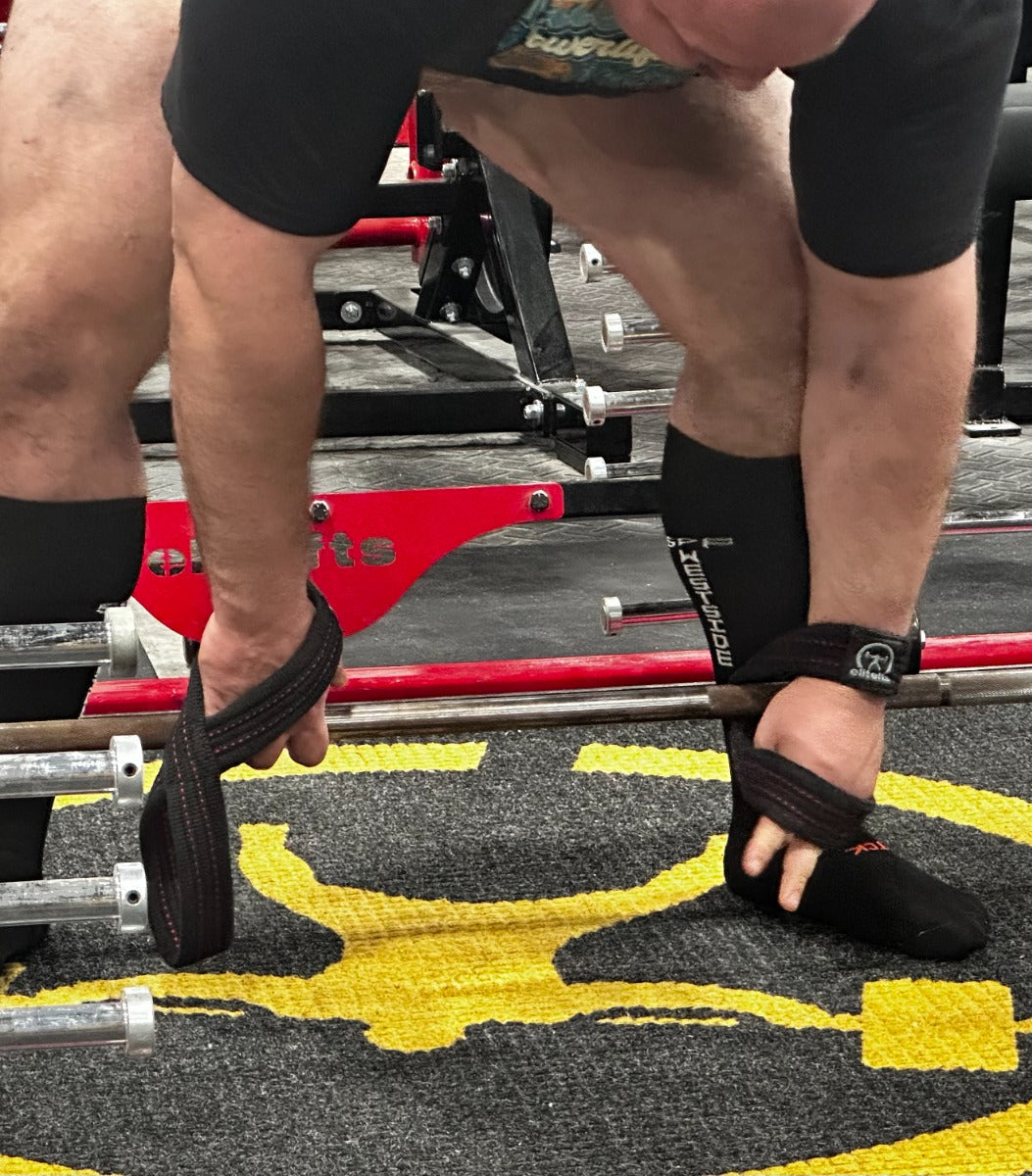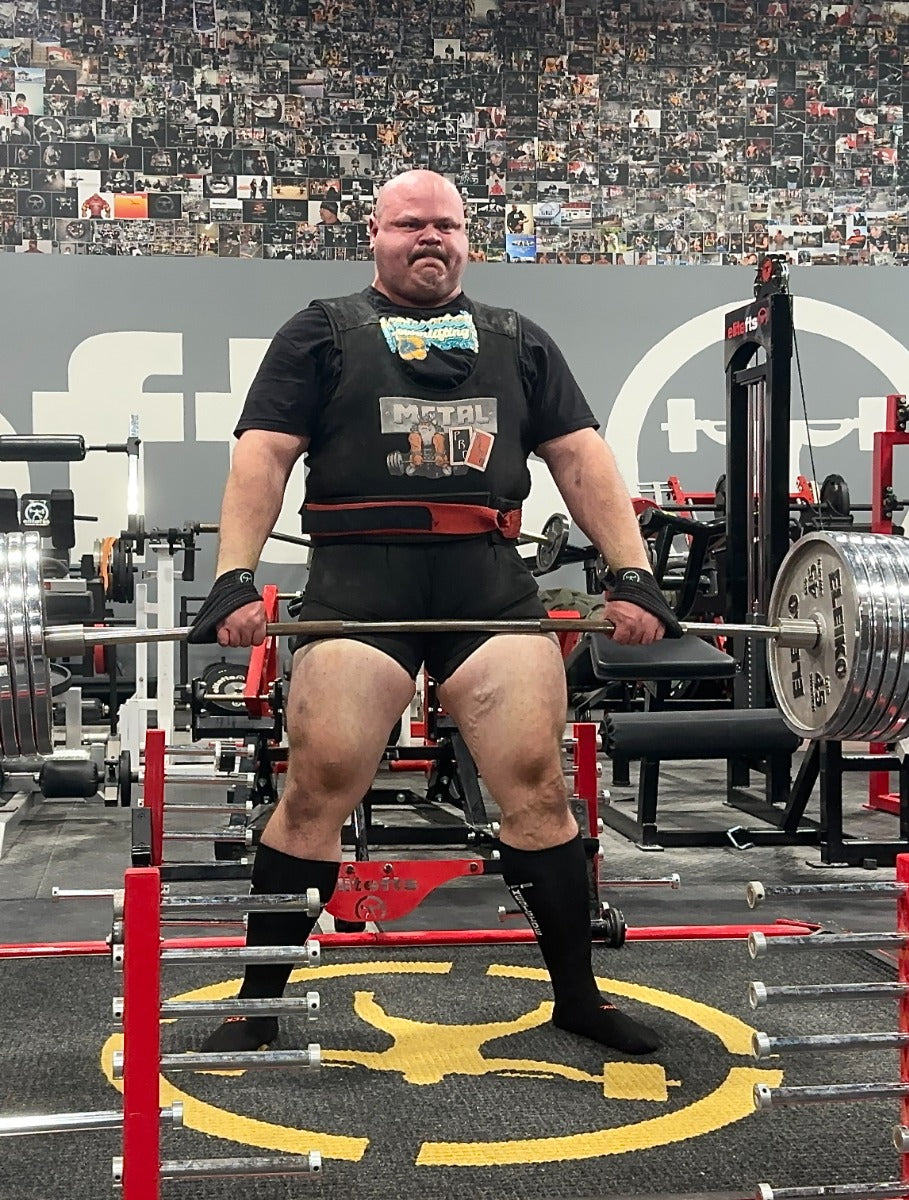I do understanding most readers don't bench press with a shirt and more than likely never will. I also feel I need to pass on a very important lesson I learned about this style of board pressing to save others from making the same mistake I did. I'll break this down as the good, bad, and ugly.
The Good
There are many good reasons to board press with a shirt, and these were the reasons I decided to begin doing them. First, I really didn't have any idea how to get the most out of my shirt. I wasn't wearing tight enough shirts, I didn't start the bar correctly, and I didn't lower the bar in the middle of the "bubble." By this I mean I didn't keep the bar in the tightest part of the shirt.
I also had a weak lockout that had to be corrected. The problem I've had in the past with shirt training is that my strength level varies depending on how far out I am from a meet. For example, if I'm 16 weeks out I can’t bench anywhere close to a record. My training is not geared toward this at that time. I'm strong for four to five weeks at best before a meet.
With a gangster shirt (a very tight, jacked up shirt) it'll take more weight to touch than I'm capable of handling in the off-season, so shirt training is out of the question for me. Plus, my shoulders can only handle it for so long. With a 2- or 3-board, I'm able to get the bar to touch in the off-season regardless of how tight the shirt is. This enabled me to learn the start of the lift as well as lowering the bar in the bubble. It also allowed me to bring up my lockout strength very fast.
A 2-board press tool
I exclusively used shirt board pressing for close to six months for max effort work. I did this so I could finally learn the shirt and bring up my lockout power. Each week I'd change the parameters. I'd vary the reps from 5, 3 or singles as well as using a 3, 2 and 1 board. Every week would be something different and when I began to feel beat up I'd take the week off max effort work. The good thing was I wasn't getting beat up. The shirt was protecting my joints from the heavy loads.
So, in summary, the good aspects of this were:
1. I didn't get beat up as fast.
2. I increased my lockout strength.
3. I was able to fix my start of the lift.
4. I finally figured out how to lower the bar.
Using the Metal Viking shirt also made a big huge difference for me because of the shoulder stability the shirt provides.
The Bad
While the benefits did make a huge difference in my training and strength, there were some flaws I didn't see at first. Louie and some of my other friends kept trying to tell me but I wouldn't listen. I was living in the Go Heavy Zone and loved being able to handle big weights off boards.
With the training I was doing, I didn't do any standard max effort training. Because of this, my raw bench strength took a huge dive. I knew this but didn't care because my shirt strength was going up. Screw it, raw strength doesn't count on the platform, and I also wanted a huge carryover like some of the other guys were getting. If I lost 50 pounds on my raw bench to do this, then so be it.
I found out later that this does matter, not only in recovery but in your ability to bring weights to your chest. This brings me to my second problem: I never brought a single weight to my chest with the shirt, not one time in the six months of doing this. The lowest I ever went was to a 1-board.
What the hell, I figured. I could always bench the same off 1-board with a shirt as I could in a meet. I was jacked up because I had a 700 pound 1-board in training (95 pounds over my best competition bench) so I figured I'd do the same at the meet.
The Ugly
Meet time finally rolled around and I found out real fast how wrong I was. I had to open with 645 if I had any chance of getting the bar to touch. Once again I was wrong. The weight felt very light but stopped about four inches from my chest. I pressed the bar back up and called for 700 on my second attempt.
Once again the bar didn't touch. This time it was about an inch away. I pressed it back up and called for a repeat on my third. Finally, it did touch (I know, I took 95 pounds better than my best to touch). This time I did press it back up and fell short at lockout.
Yes, I was stronger, but I had no idea how to touch the weight to my chest! Thinking back, how could I know? I never did it in training. The shirt was jacked up to the max and tight as hell but I still should've been able to touch my opener if I knew what I was doing. I should've learned this in training and I should've listened to my training partners.
The Solution
This is a hard call. There were great benefits to what I did and I'll do it again as it did teach me how to use the shirt and bring up my lockout. I feel that for me (you may be different) this type of training is best left for the off-season. As the meet rolls around you have to bring bars to your chest.
There are several options. I feel if you know your shirt and know how to touch, then you don't need to use your shirt as often as someone who doesn't know. Most of the big benchers at Westside put their shirts on one time per month and work up to their opener and stop.
This is the best thing for two reasons. First, it's working very well for them. I can’t even count the number of 700 pound benchers there are in the gym. Second, it gives you the other three weeks to work on true max effort training.
For those who don't know the shirt, I feel you need to use it more often, but not at the expense of your other training. If you don't take the time to learn the shirt then you'll leave weight on the platform. You need to do what you feel you need to do to learn the shirt, but make damn sure you do some work to your chest or you'll fall short in the end.
As I found out, nobody cares what you can board press in a meet!

